Doing something a little different from lyrics in my spare time First modchart, fourth ever chart Might be shitty, but who knowsHave fun!FAQQ I see twoThis lets us "prepopulate" a chart with much of the boilerplate that is repeated across all projects Anything that we know to be unique has a placeholder of the format __PLACEHOLDER__, and anything that needs further attention once the chart has been generated should have a todo and extensive documentation Not all documentation has been finishedLinux Chmod Permissions Cheat Sheet Set the permissions for a file or directory by using the chmod command Each row has 2 examples, one for setting that permission for a file, and one for a directory named 'dir' This works in any linux distro, such as Ubuntu, etc Anybody can read, write, execute
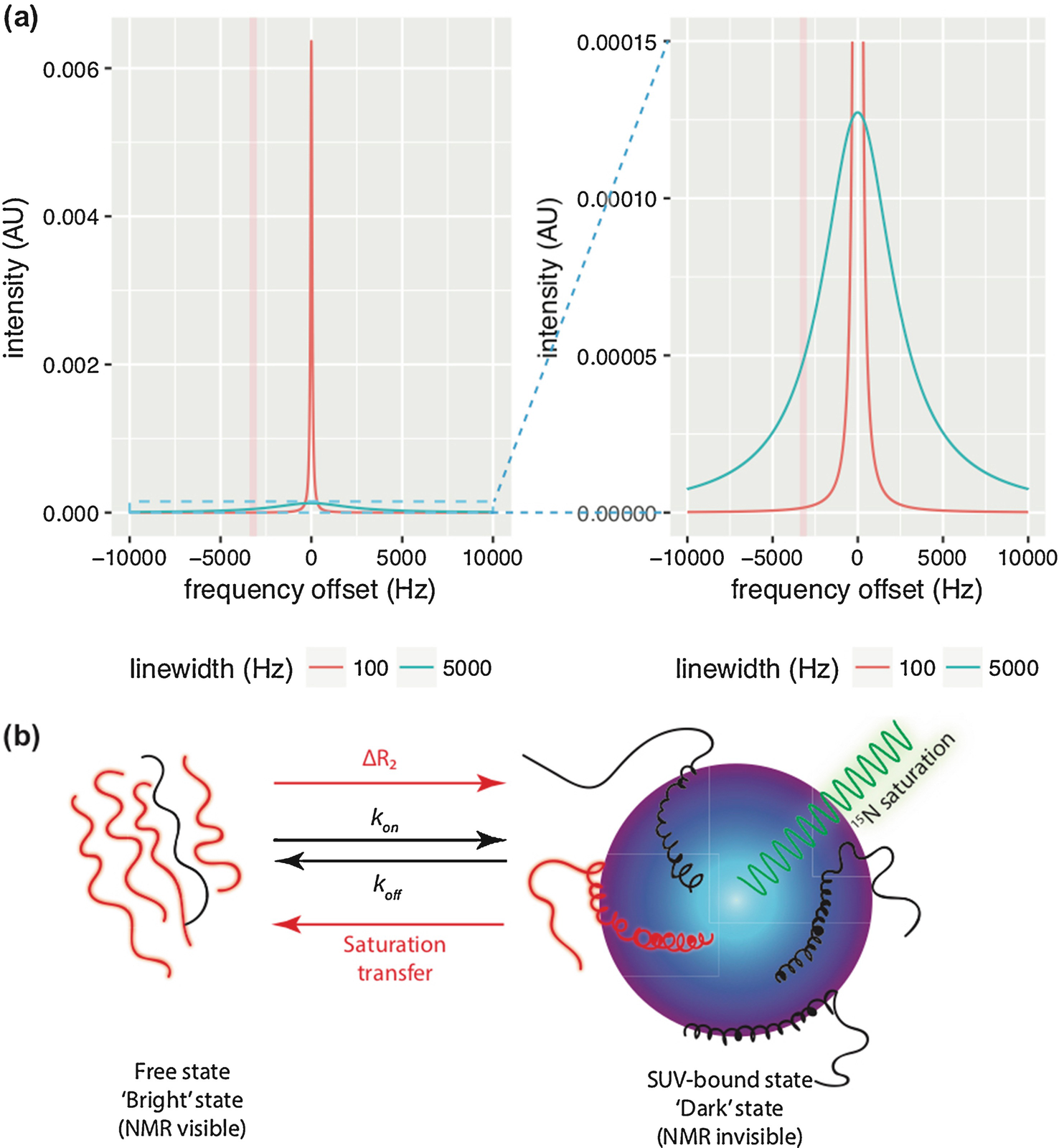
Interactions Of Idps With Membranes Using Dark State Exchange Nmr Spectroscopy Springerlink
Chmod octal chart
Chmod octal chart-Create an example chart and push it to Amazon ECR For more information, see Pushing a Helm chart in the Amazon Elastic Container Registry User Guide Install an Amazon EKS chart from the ekscharts GitHub repo or from ArtifactHubView chmodchartpdf from CAP 493 at Curtin University Sarawak CHMOD Chart CHMOD is used to change permissions of a file PERMISSION U G COMMAND W rwx rwx rwx chmod 777 filename rwx rwx rx chmod 775



R Statistical Computing Ul Hpc Tutorials
Chmod Calculator is a free utility to calculate the numeric (octal) or symbolic value for a set of file or folder permissions in Linux servers Check the desired boxes or directly enter a valid numeric value (eg 777) or symbolic notation (eg rwxrwxrwx) to see its value in other formatsPlease note that chmod 777 filename is the equivalent of chmod 0777 filename in this example The first octal digit sets the setuid, setgid and sticky bits (see this article for more details on setuid/setgid) octal 2 means to set group ID on the file So, the equivalent would be to do a chmod arwx filename, then chmod gs filenameThe chmod info page does explain this in more detailThe chmod command has options, of course using "=", "" or "=" changes user (u), group (g)and other (o) permissons You can explicitly specify u, g or o in the chmod command chmod u=rw myfile chmod g=rw myfile chmod ug=rw myfile This is handy, but the three commands above do not change the "other" permission They only change what is specified
CHMOD Permissions Reference Chart by David · September 18, 12 This is how I remember permissions and most likely, it will help you remember it as well User Group Other Read 4 4 4 Write 2 2 2 Execute 1 1 1 U G O X X X Chmods 777 = rwxrwxrwx 755 = rwxrxrx 644 = rwrr 700 = rwx 750 = rwxrx s Bash chmod permissionsPlease be sure to answer the questionProvide details and share your research!Another way to use chmod is to provide the permissions you wish to give to the owner, group, and others as a threedigit number The leftmost digit represents the permissions for the owner The middle digit represents the permissions for the group members The rightmost digit represents the permissions for the others
Causes them to be removed;Linux chmod command is one of the most commonly used commands especially by system administrators when assigning modifying file and folder permissions It's usually used when installing and configuring various services and features in a Linux system The command is usually used together with a set of octal notations or alphabetical charactersCHMOD Chart CHMOD is used to change permissions of a file U = User G = Group W = World r = Readable w = writable x = executable – = no permission PERMISSION COMMAND U G W rwx rwx rwx chmod 777 filename rwx rwx rx chmod 775 filename rwx rx rx chmod 755 filename



Chmod Chart Yerse



Chmod Fchmod Api Youtube
Unix/Linux chmod command examples to Change File Permissions Also Read 40 Best Examples of Find Command in Linux Example 1 How to check chmod command version If you want to check chmod command version then you need to use chmod version command as shown below As you can see from below output current chmod version is 2Causes them to be removed;And = causes them to be
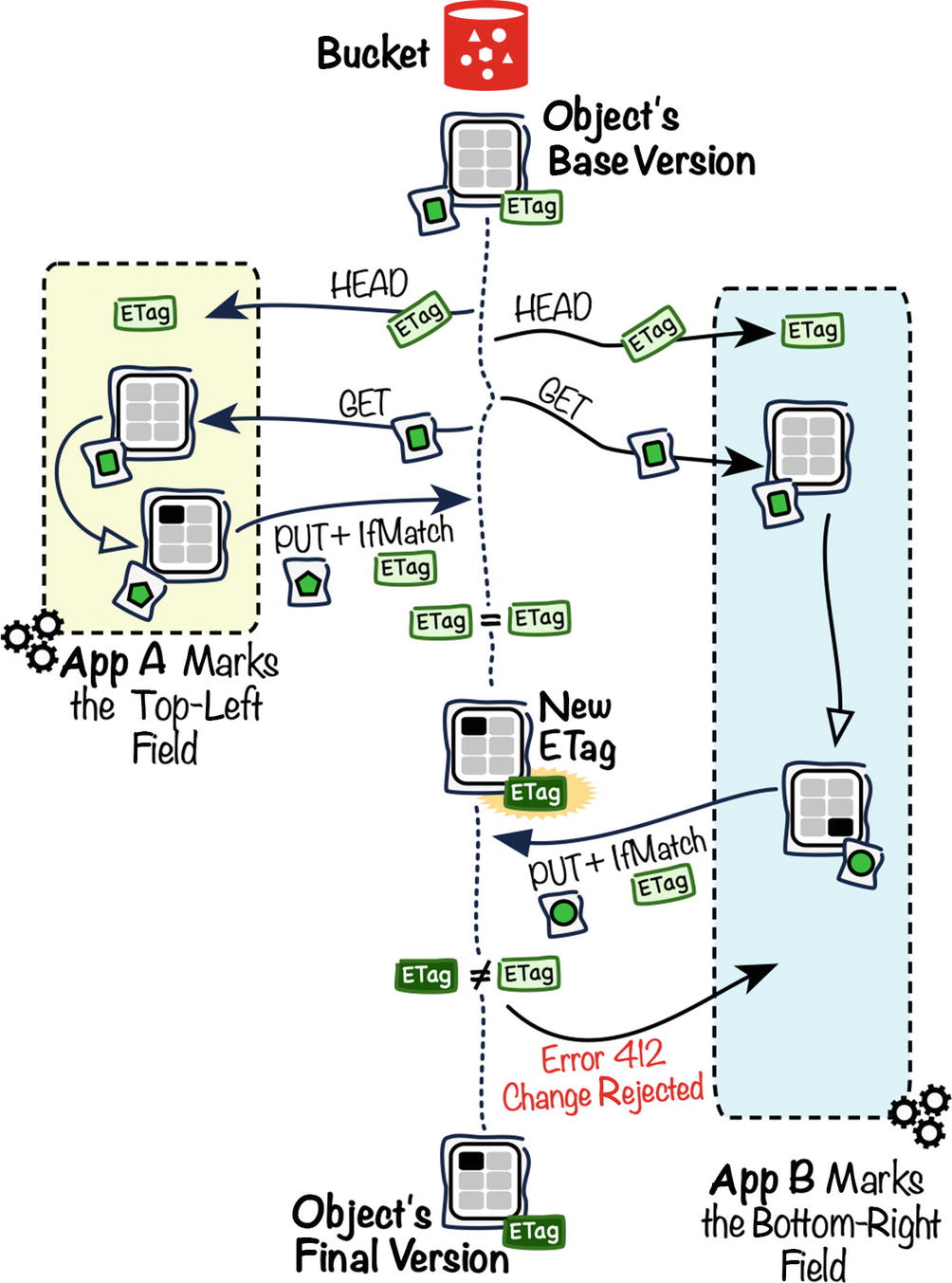


Data Storage In The Oracle Cloud Springerlink



Python Plotly Sankey Export Broken Stack Overflow
The difference is what permissions get set and which mode you use to set them With chmod x you set the executable bit for all the owner, the owner group, and the other users This is known as symbolic mode To quote the man chmod The operator causes the selected file mode bits to be added to the existing file mode bits of each file;Thanks for contributing an answer to Stack Overflow!The chmod command with the R options allows you to recursively change the file's permissions To recursively set permissions of files based on their type, use chmod in combination with the find command If you have any questions or feedback, feel free to leave a comment
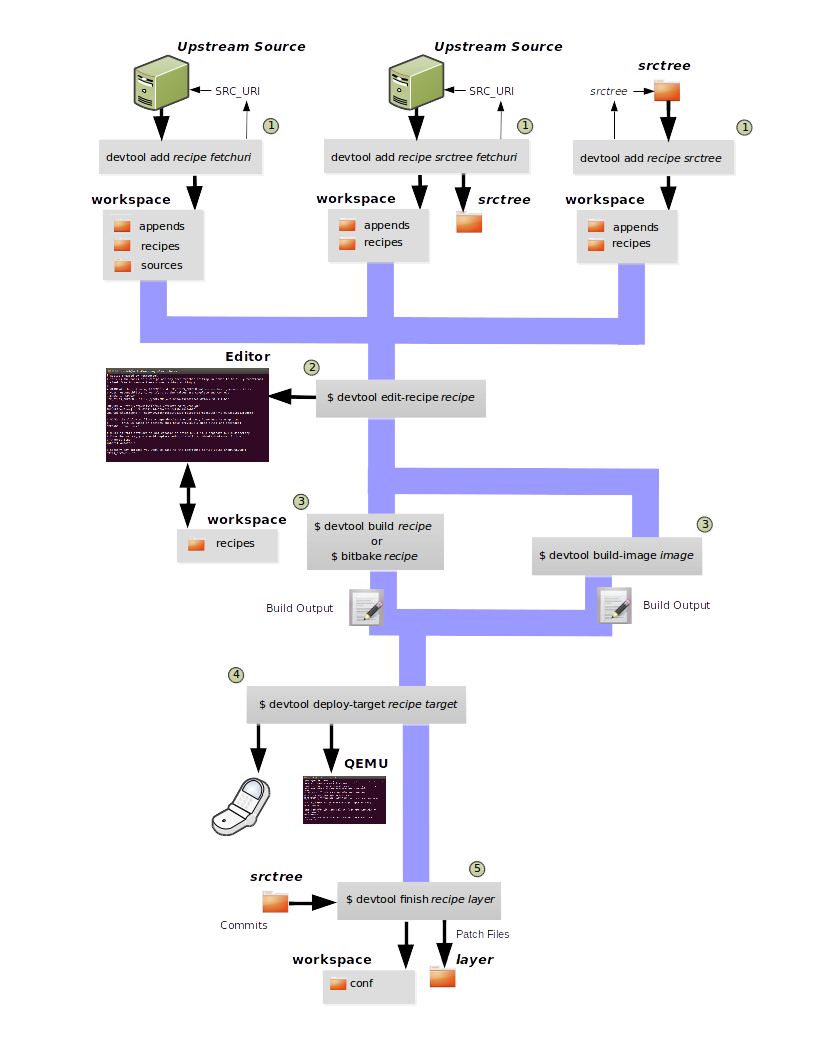


Yocto Project Mega Manual
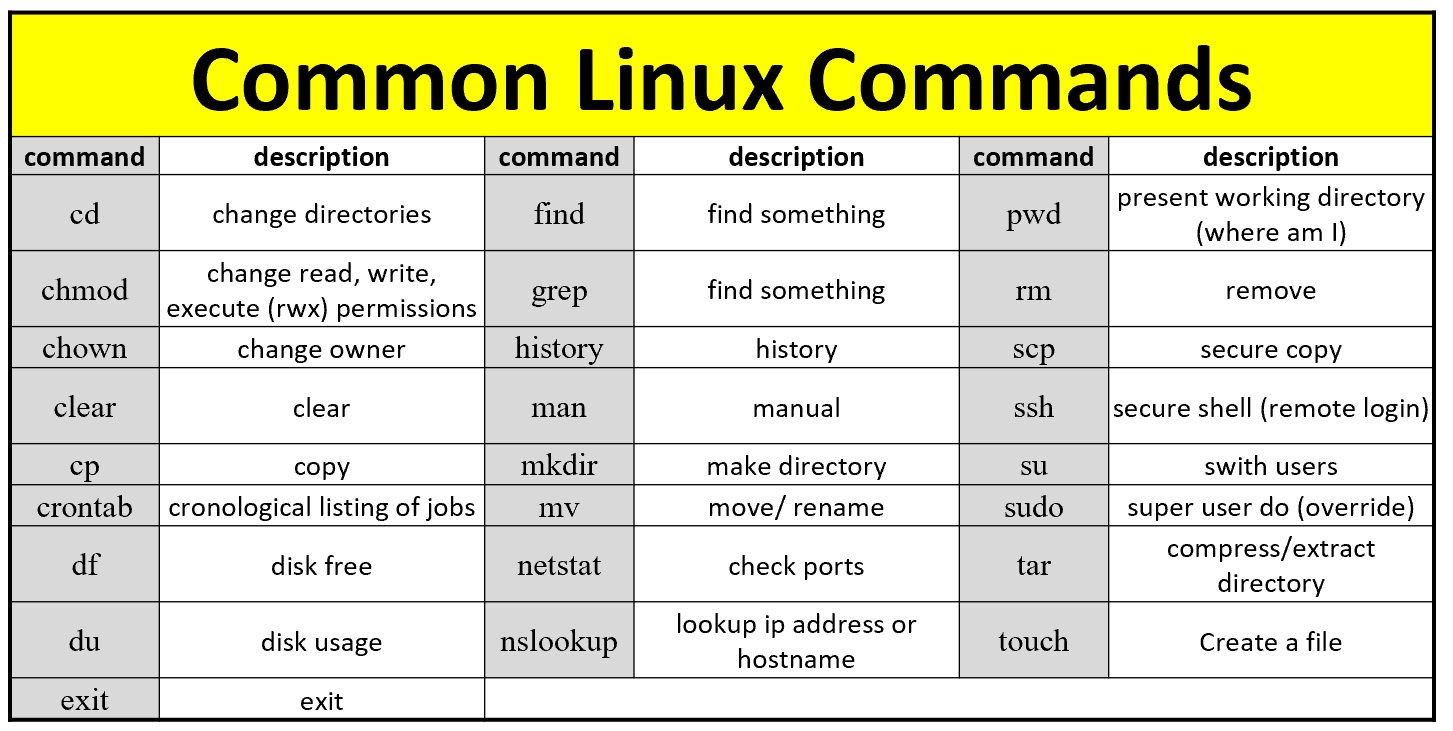


What Happens When You Type Ls L In The Shell By Silena Restrepo Medium
Or, to add read and write permissions for the group that owns the file, you would run $ chmod grw file_name Instead of adding permissions, the symbolic syntax of chmod can also be used to subtract or set to some absolute value as shown in these examples $ chmod ow file_name $ chmod u=rwx,g=rx,o= file_nameUnix Permissions / chmod Calculator There are three specific UNIX/Linux file system permissions read (r), write (w), and execute (x)Permissions are grouped into three sets or triads, each defining access for different scope or class user/owner (u), group (g), and everyone else/others (o)Permissions can be presented either in numeric (octal) or symbolic notationsI think chown and chmod errors should be looked at separately as the root causes could be different This is because chown must require root privilege to run while chmod does not Thus for chown, whether it's the root running the container does matter (for chmod it might not matter as much, as long as the user is the owner of the directory
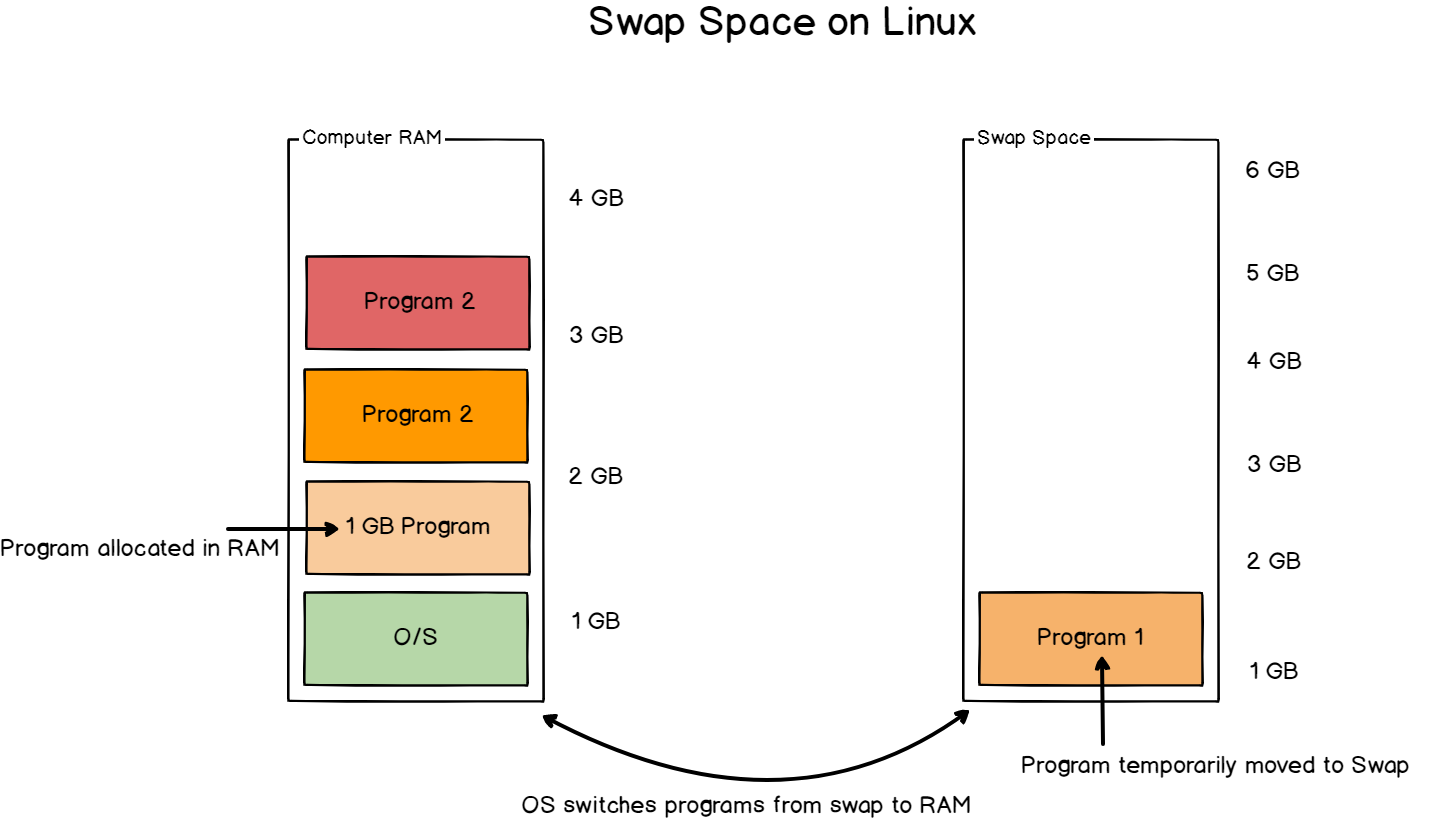


How To Add Swap Space On Debian 10 Buster Devconnected



I Decided To Put A Favorite Song Of Mine From Freddy In Space 2 Into Clone Hero Tell Me What You Think Also If The Footage Looks Off Time At All The Chart
And = causes them to beDoing something a little different from lyrics in my spare time First modchart, fourth ever chart Might be shitty, but who knowsHave fun!FAQQ I see twoChmod is Linux command used to change file permissionschmod changes user, group and other read, write and execute permissionchmod 755 is popular use case for chmod chmod 755 is generally used to make most of the operations without problem because it provides ease for system administrators while running applications chmod 755 755 can be separated as



Introducing Openfaas Cloud With Gitlab Openfaas Serverless Functions Made Simple



Prettyping
Disclaimer for Online Colors The online color chart is provided as a digital representation of a selection of Highland colors Online colors should only be used as a guideline, as each monitor and video card will interpret the colors differently Warning Use of undefined constant FS_CHMOD_DIR assumed 'FS_CHMOD_DIR' (this will throw anWhat is the chmod command?But avoid Asking for help, clarification, or responding to other answers



Chmod 755



6 Best Linux Unix Command Cheat Sheet Linux Linux Mint Linux Operating System
What is the chmod command?But avoid Asking for help, clarification, or responding to other answersChmod chmod(change mode) is a widely used command to change the permissions of files and directoriesIt allows the setting of user, group and other bits which each define what rights each classification of user has over the files Additionally serverside languages provide functions that are roughly analogous to chmod in terms of operation using absolute notation
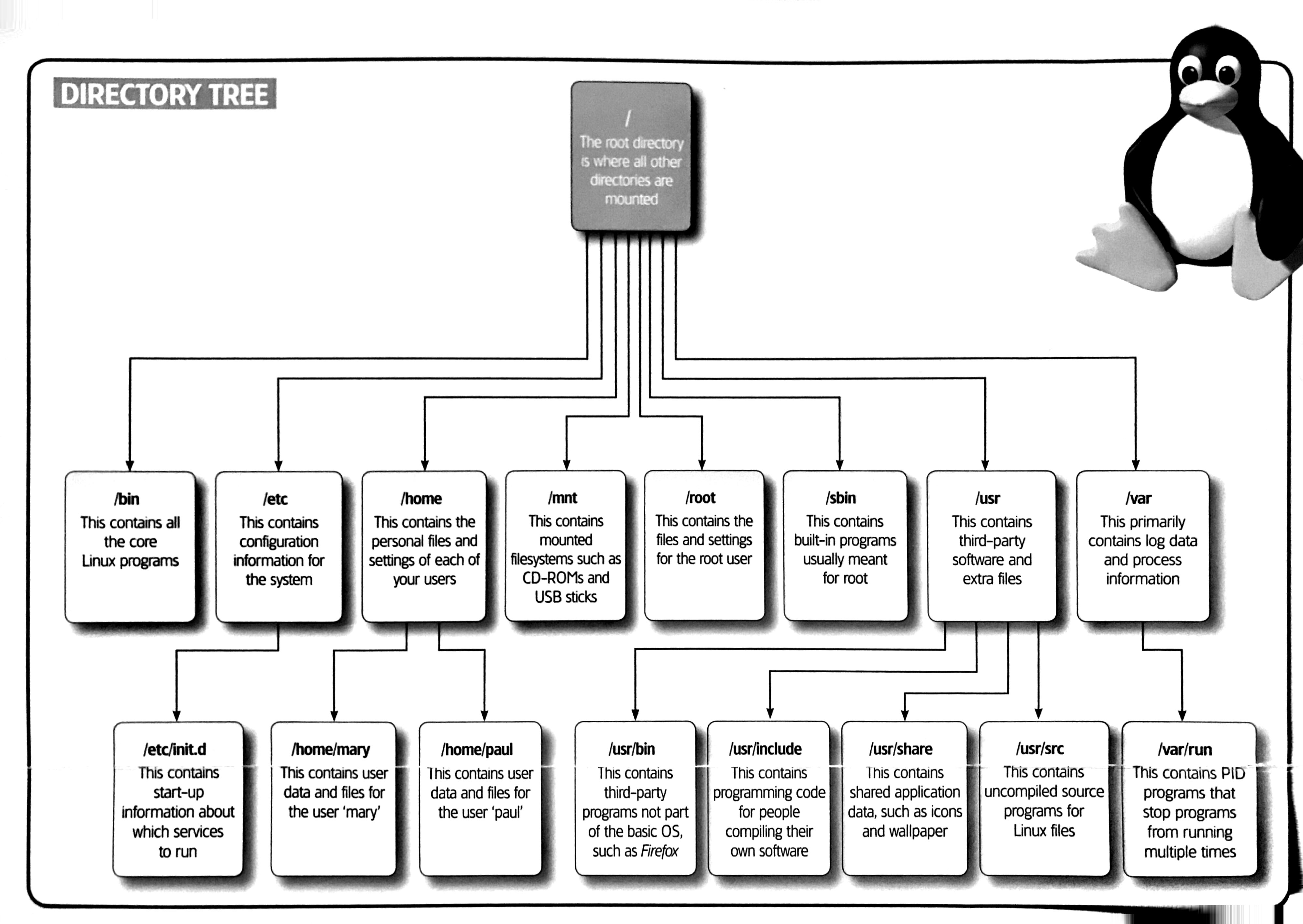


Where To Place Your Files On Linux Ubuntu Centos Raspberry Pi



Resolving Log Analytics File Permissions Courtney Llamas
Chmod changes the file mode bits of each given file according to mode, which can be either a symbolic representation of changes to make, or an octal number representing the bit pattern for the new mode bits To learn more use our calculator and read the references below at the bottom of this pageThanks for contributing an answer to Stack Overflow!Please be sure to answer the questionProvide details and share your research!
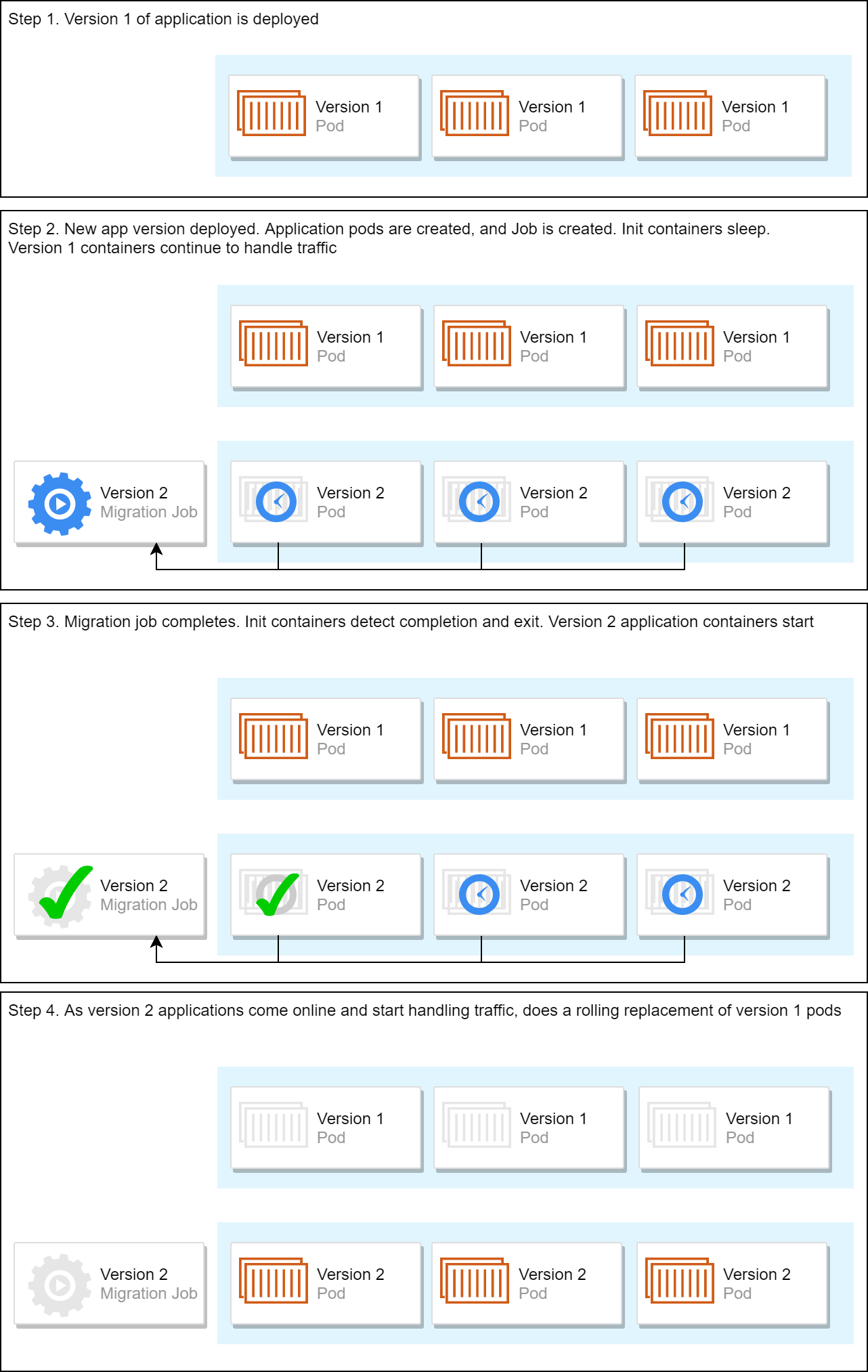


Monitoring Helm Releases That Use Jobs And Init Containers Deploying Asp Net Core Applications To Kubernetes Part 9
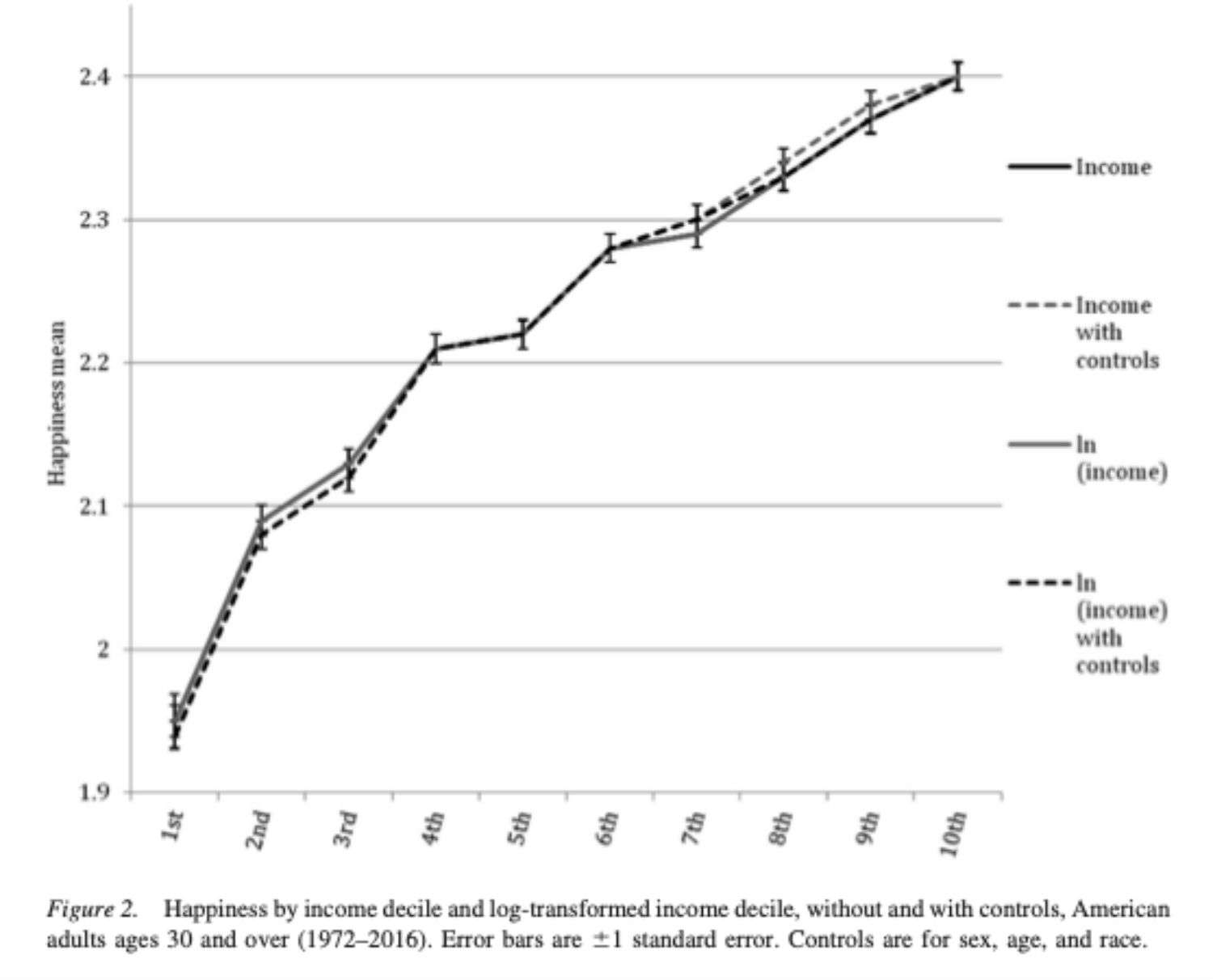


More Money Does Buy More Happiness Says Study Reason Com
Chmod changes the file mode bits of each given file according to mode, which can be either a symbolic representation of changes to make, or an octal number representing the bit pattern for the new mode bits To learn more use our calculator and read the references below at the bottom of this pageIn Unixlike operating systems, chmod is the system and system call which may change the access permissions to file system objects (files and directories) It may also alter special mode flags The name is an abbreviation of change mode EVERYONE Free Get See System Requirements Chmod CalculatorIn Unix and Unixlike operating systems, chmod is the command and system call which is used to change the access permissions of file system objects It is also used to change special mode flags The request is filtered by the umask The name is an abbreviation of change mode Modes are the filesystem permissions given to "user", "group" and "others" classes to access files under Unix They are shown when listing files in long format, or, if accesscontrol lists are in use, using getfacl Modes c



Savm A Practical Secure External Approach For Automated In Vm Management Zhan 19 Concurrency And Computation Practice And Experience Wiley Online Library



Indel Variant Analysis Of Short Read Sequencing Data With Scalpel Biorxiv
Chmod 777 / path / to / file Hopefully, this article helped you better understand file permissions in Unix systems and the origin of the magical number "777" Now that you've mastered file permissions, you may want to learn how to copy and paste text, files and folders in the Linux terminal or use sticky bit to manage files on sharedThe chmod command with the R options allows you to recursively change the file's permissions To recursively set permissions of files based on their type, use chmod in combination with the find command If you have any questions or feedback, feel free to leave a commentI think chown and chmod errors should be looked at separately as the root causes could be different This is because chown must require root privilege to run while chmod does not Thus for chown, whether it's the root running the container does matter (for chmod it might not matter as much, as long as the user is the owner of the directory



Common Core Math Progression Chart Page 1 Line 17qq Com



Chapter 10 Managing File Permissions Red Hat Enterprise Linux 8 Red Hat Customer Portal
The chmod ("change mode") command is used to change the permission flags on existing files It can be applied recursively using the "R" option It can be invoked with either octal values representing the permission flags, or with symbolic representations of the flags The octal values have the following meaningAbout chmod command The chmod command is used to define or change permissioins or modes on files and limit access to only those who are allowed access It changes the mode of each FILE to MODE The chmod command stands for change mode and it's used to limit access to resources It's a same as using your mouse to rightclick a file or folder and selecting the permission tabs andIn Unixlike operating systems, chmod is the system and system call which may change the access permissions to file system objects (files and directories) It may also alter special mode flags The name is an abbreviation of change mode EVERYONE Free Get See System Requirements Chmod Calculator



Vector Business Template For Presentation Abstract Elements Royalty Free Cliparts Vectors And Stock Illustration Image



How To Display Charts On A Static Web Site With Node Red Rodened
The chmod command uses a threedigit code as an argument The three digits of the chmod code set permissions for these groups in this order Owner (you) Group (a group of other users that you set up) World (anyone else browsing around on the file system) Each digit of this code sets permissions for one of these groups as followsDisclaimer for Online Colors The online color chart is provided as a digital representation of a selection of Highland colors Online colors should only be used as a guideline, as each monitor and video card will interpret the colors differently Warning Use of undefined constant FS_CHMOD_DIR assumed 'FS_CHMOD_DIR' (this will throw anLinux chmod command is one of the most commonly used commands especially by system administrators when assigning modifying file and folder permissions It's usually used when installing and configuring various services and features in a Linux system The command is usually used together with a set of octal notations or alphabetical characters



Raspberry Pi Network Monitor With A Dashboard For Traffic



Github Einsteinish Docker Compose Prometheus And Grafana Prometheus Grafana With Docker Compose
Chmod gs To remove the setgid bit, use the following command chmod gs Security Risks The setuid bit is indeed quite useful in various applications, however, the executable programs supporting this feature should be carefully designed so as to not compromise on any security risks that follow, such as buffer overruns and path injection If a vulnerable program runs with root privileges, theWith this recipe, take advantage of communitybased Helm Charts on OpenShift OpenShift is a Kubernetes distribution platform from Red Hat, similar to IBM Cloud Private, that is loaded with features to make developers' lives easierFeatures like strict security policies, logging and monitoring, and many more make OpenShift a wellrounded platform that's ready for production, saving you theChmod changes the file mode bits of each given file according to mode, which can be either a symbolic representation of changes to make, or an octal number representing the bit pattern for the new mode bits To learn more use our calculator and read the references below at the bottom of this page
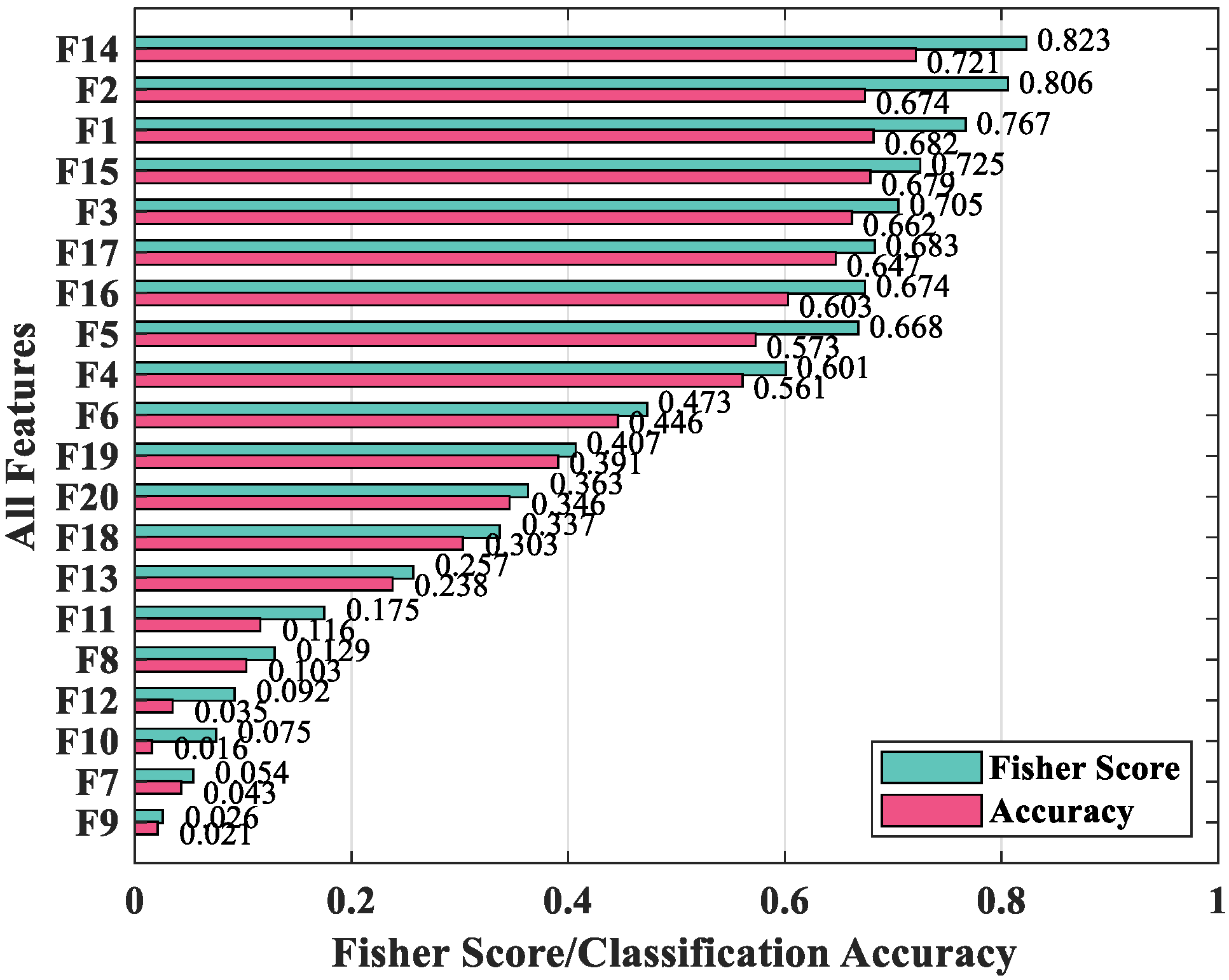


Applied Sciences Free Full Text A Web Shell Detection Method Based On Multiview Feature Fusion Html



How To Use The Terminal Chmod Command Demystified And Put To Use Youtube
With this recipe, take advantage of communitybased Helm Charts on OpenShift OpenShift is a Kubernetes distribution platform from Red Hat, similar to IBM Cloud Private, that is loaded with features to make developers' lives easierFeatures like strict security policies, logging and monitoring, and many more make OpenShift a wellrounded platform that's ready for production, saving you theWhat is the chmod command?Umask or file mode creation mask is a grouping of bits, each of which restricts how its corresponding permission is set for newly created files or directories The bits in the mask may be changed by invoking the umask command If the mask has a bit set to "1", it means the corresponding initial file permission will be disabledA bit set to "0" in the mask means that the corresponding



Chmod Octal Chart Zerse



Building An Automated Deployment Process With Kubernetes Ci Cd
The difference is what permissions get set and which mode you use to set them With chmod x you set the executable bit for all the owner, the owner group, and the other users This is known as symbolic mode To quote the man chmod The operator causes the selected file mode bits to be added to the existing file mode bits of each file;Chmod is Linux command used to change file permissionschmod changes user, group and other read, write and execute permissionchmod 755 is popular use case for chmod chmod 755 is generally used to make most of the operations without problem because it provides ease for system administrators while running applications chmod 755 755 can be separated asChmod 777 / path / to / file Hopefully, this article helped you better understand file permissions in Unix systems and the origin of the magical number "777" Now that you've mastered file permissions, you may want to learn how to copy and paste text, files and folders in the Linux terminal or use sticky bit to manage files on shared



Interactions Of Idps With Membranes Using Dark State Exchange Nmr Spectroscopy Springerlink
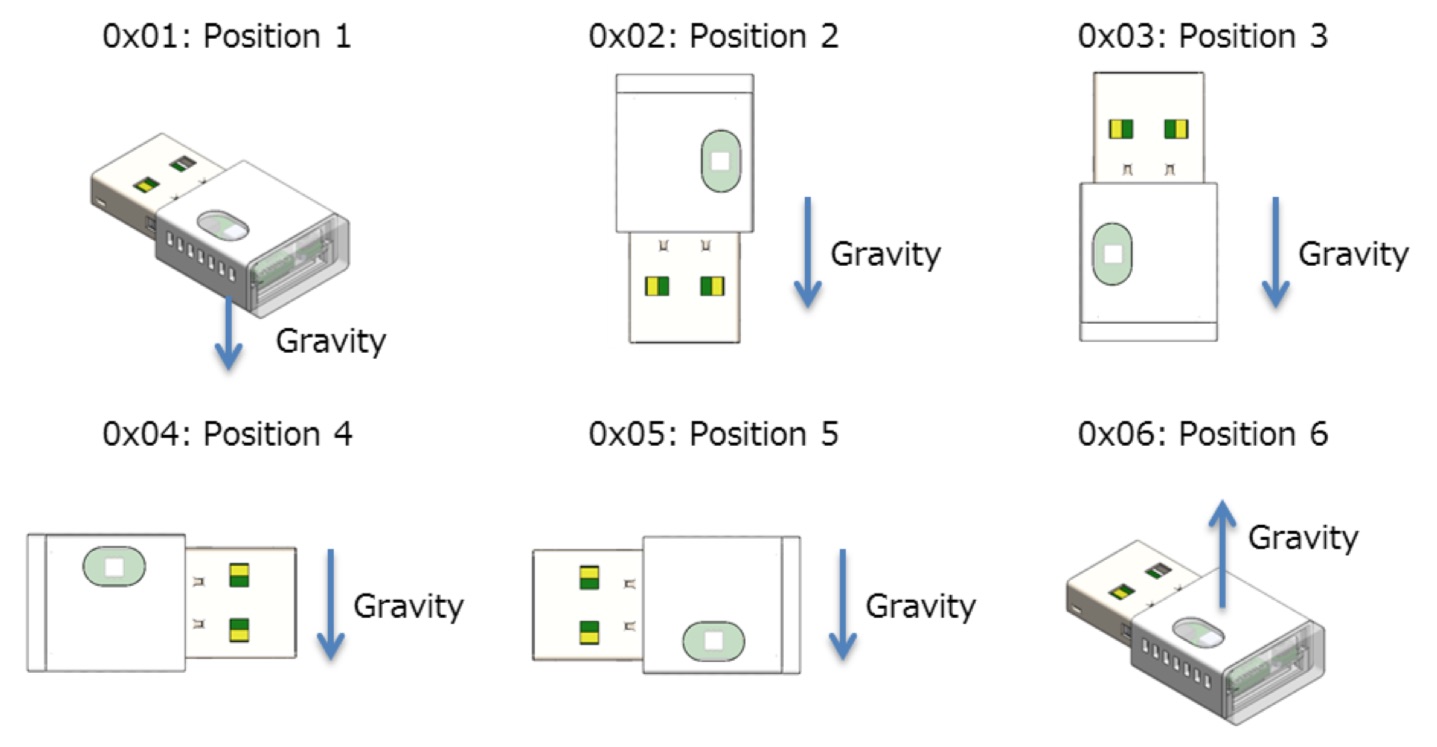


Node Red Contrib Omron 2jcie Bu Node Node Red
CHMOD Cheat Sheet Dan Flood December 16, 13 Tech Stuff , Unix and Linux Leave a Comment I find myself having to pause and remember exactly what Unix permissions translate to in functionality so posted this handy chart to useView (u)ser, (g)roup and (o)thers permissions for chmod 700 (chmod arwx,grwx,orwx) or use free online chmod calculator to modify permissions easilyChmod is a UNIX and Linux command for setting file or directory permissions It is a confusing topic until you learn it, but it is needed if you plan to work with UNIX or Linux web servers There are three different possible user levels, each with three different possible settings The three user levels are Owner, Group, and Other


Nfs Setattr Call With A Truncate And Chmod 440 Fails
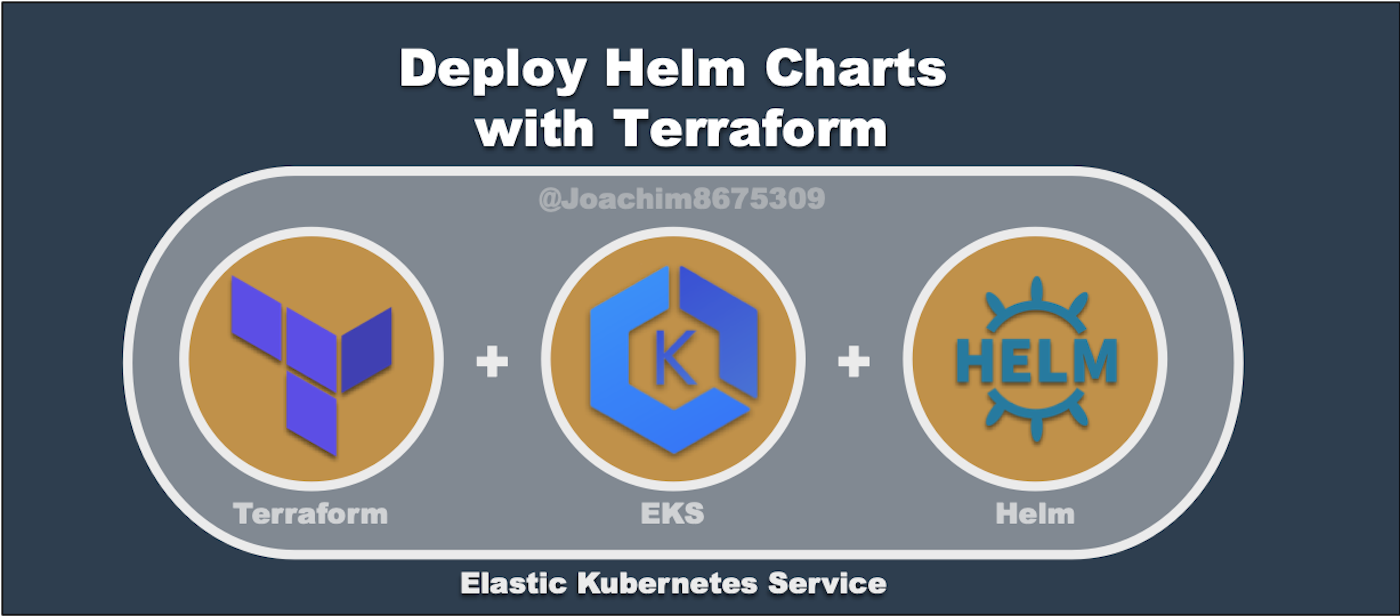


Deploying Helm Charts W Terraform By Joaquin Menchaca 智裕 The Startup Medium
CHMOD Chart CHMOD is used to change permissions of a file U = User G = Group W = World r = Readable w = writable x = executable – = no permission PERMISSION COMMAND U G W rwx rwx rwx chmod 777 filename rwx rwx rx chmod 775 filename rwx rx rx chmod 755 filenameCHMOD Cheat Sheet Dan Flood December 16, 13 Tech Stuff, Unix and Linux Leave a Comment I find myself having to pause and remember exactly what Unix permissions translate to in functionality so posted this handy chart to use Unix or any *nix uses octal for permissions – it's pretty simple once you get the chart into your brainCHMOD is used to change permissions of a file PERMISSION COMMAND U G W rwx rwx rwx chmod 777 filename rwx rwx rx chmod 775 filename rwx rx rx chmod 755 filename rw rw r chmod 664 filename rw r r chmod 644 filename U = User G = Group W = World r = Readable w = writable x = executable = no permission
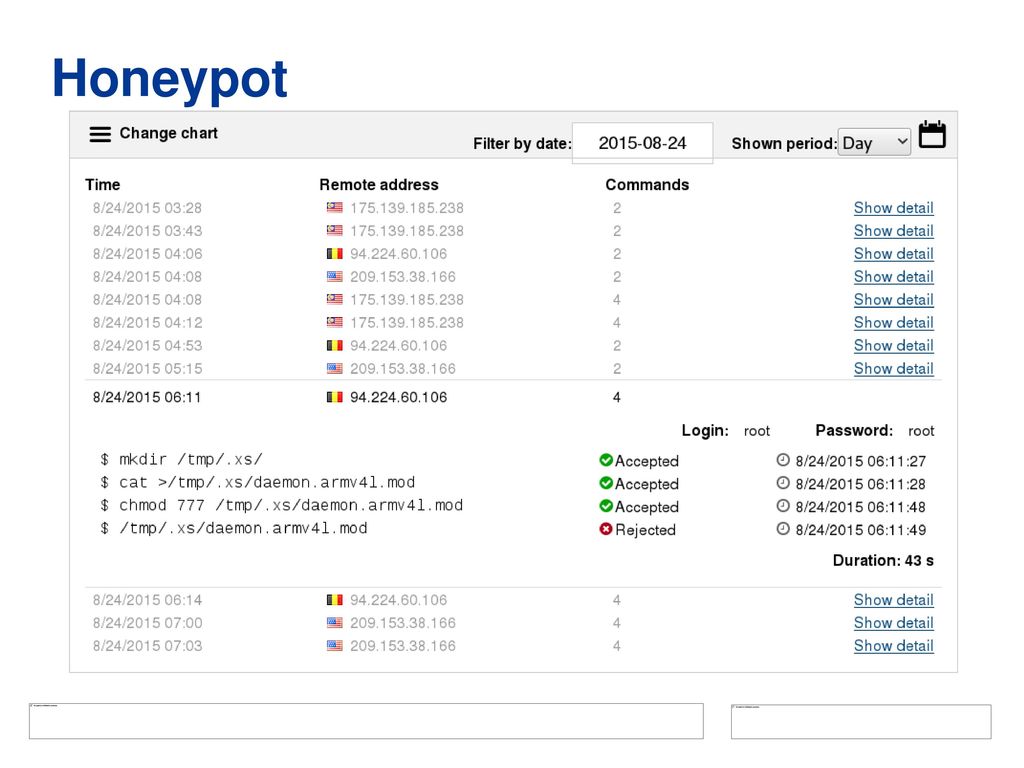


Project Turris And Its Child Turris Omnia Ppt Download



R Statistical Computing Ul Hpc Tutorials
Command Examples chmod The chmod command can be used with either a textbased argument or 3 octal digits (see note 1) to change the permissions on a fileAn example of the textbased command to add "read" permission for group members and others to a file named foo is /home/user> ls l foorwxx 1 user user 78 Aug 14 1308 foo /home/user> chmod gor foo /home/user> ls l foorwxrxr 1
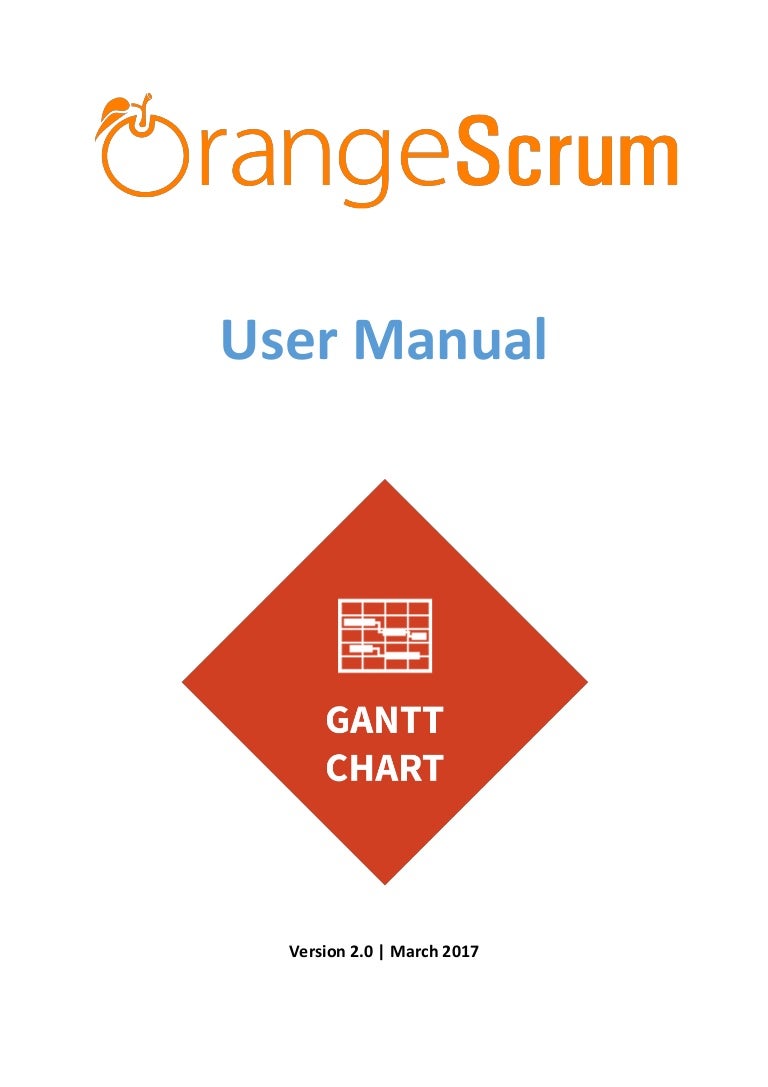


Orangescrum Gantt Chart Add On User Manual


Cheat Sheet All Cheat Sheets In One Page



Deploying Gitops With Weave Flux And Amazon Eks Noise



How System Call Works System Coding Linux



Siem Ui Siem Guide 7 8 Elastic



Bmon Wikipedia
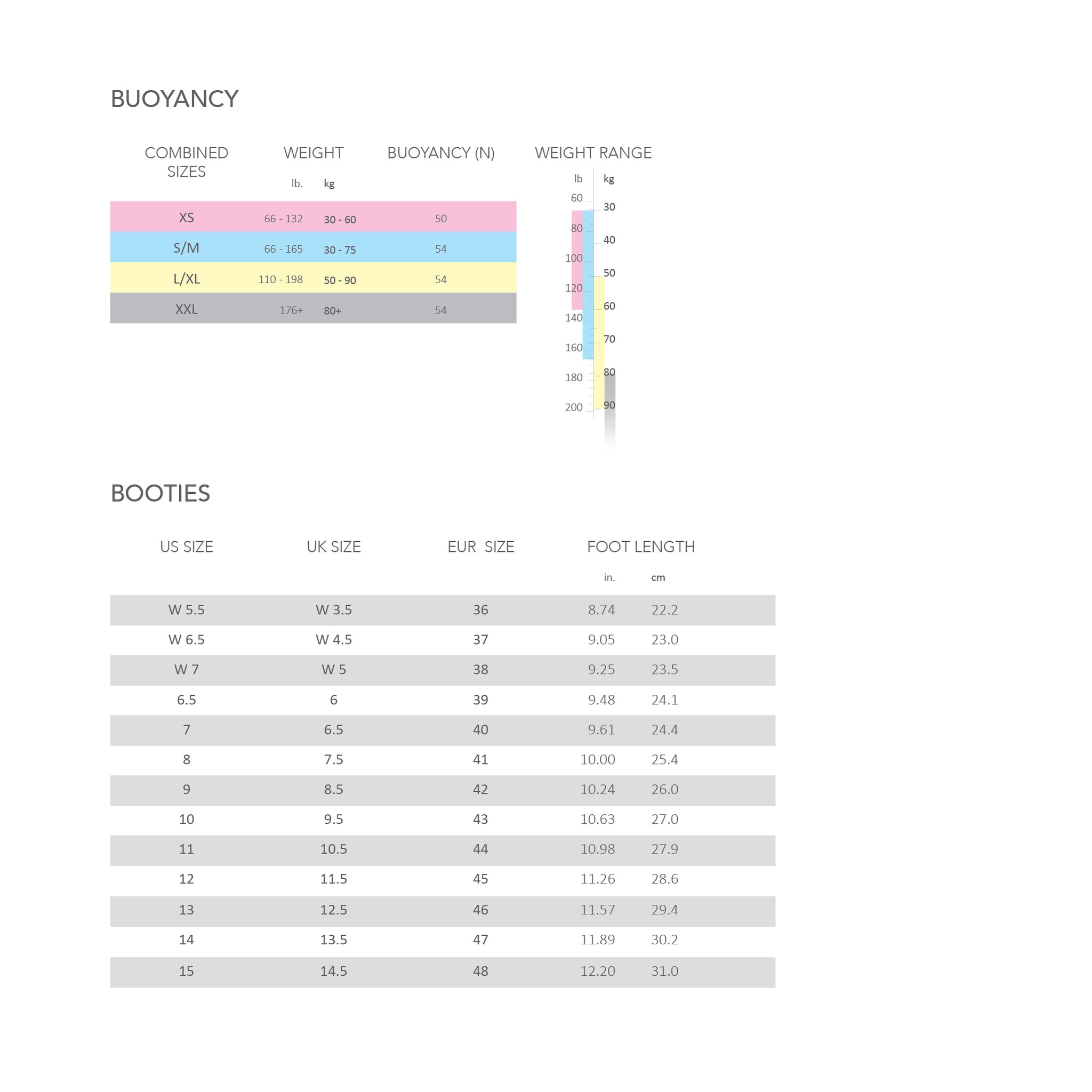


Wetsuit Booties Size Chart Verse



Ci Cd With Amazon Eks Using Aws App Mesh And Gitlab Ci Containers



Eliminating Path Redundancy Via Postconditioned Symbolic Execution
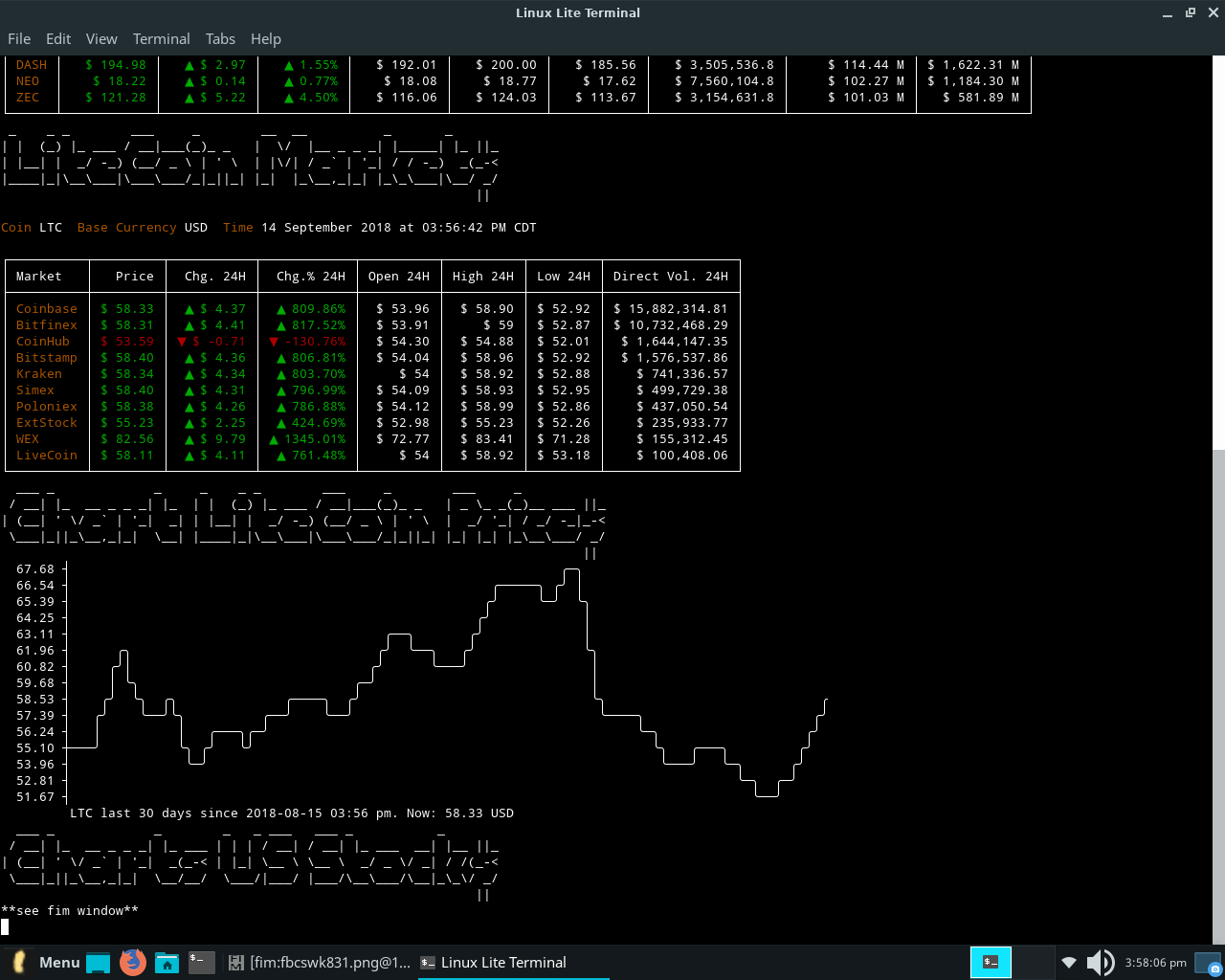


Investment Price Montoring Tools For Linux Lite Diamond 4 X Part Two Data Visualization A Few Comments As We Continue With This Series Of Tutorials What We Are Aiming For Here Is Finding A Quickly Loading Group Of Charting Tools That Can Be Automated To
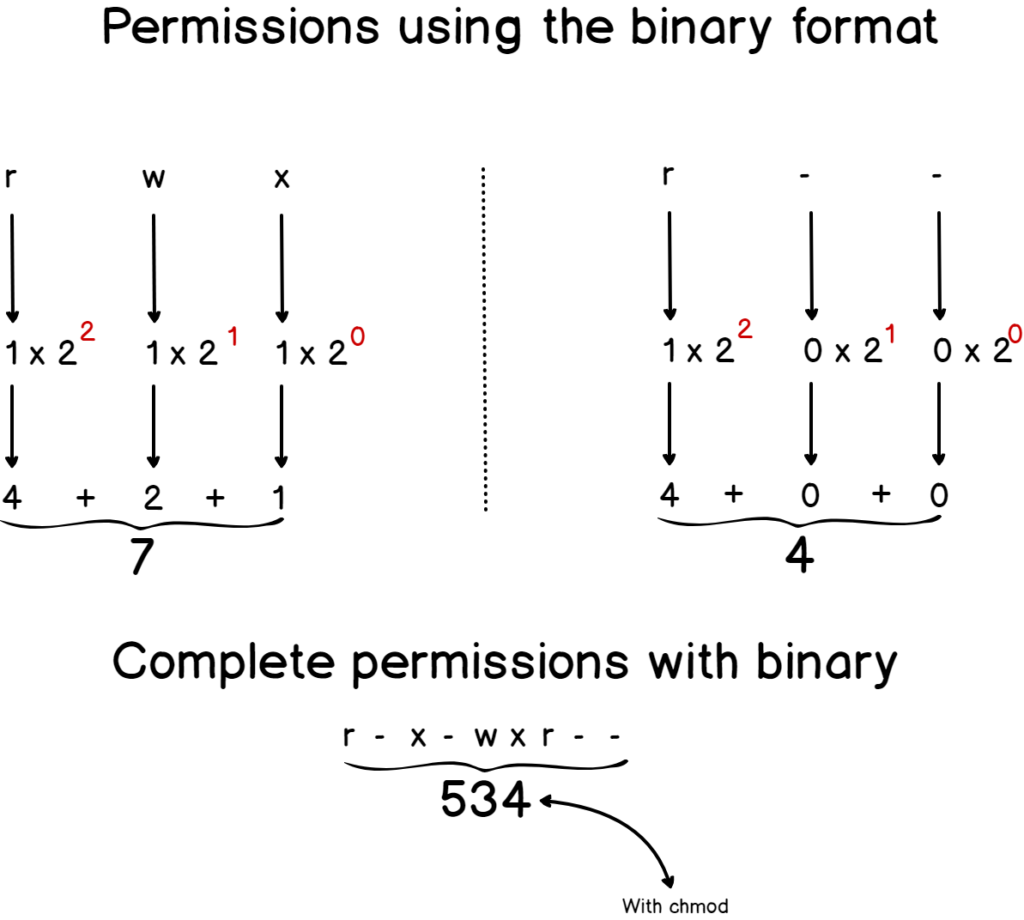


Linux File Permissions Complete Guide Devconnected
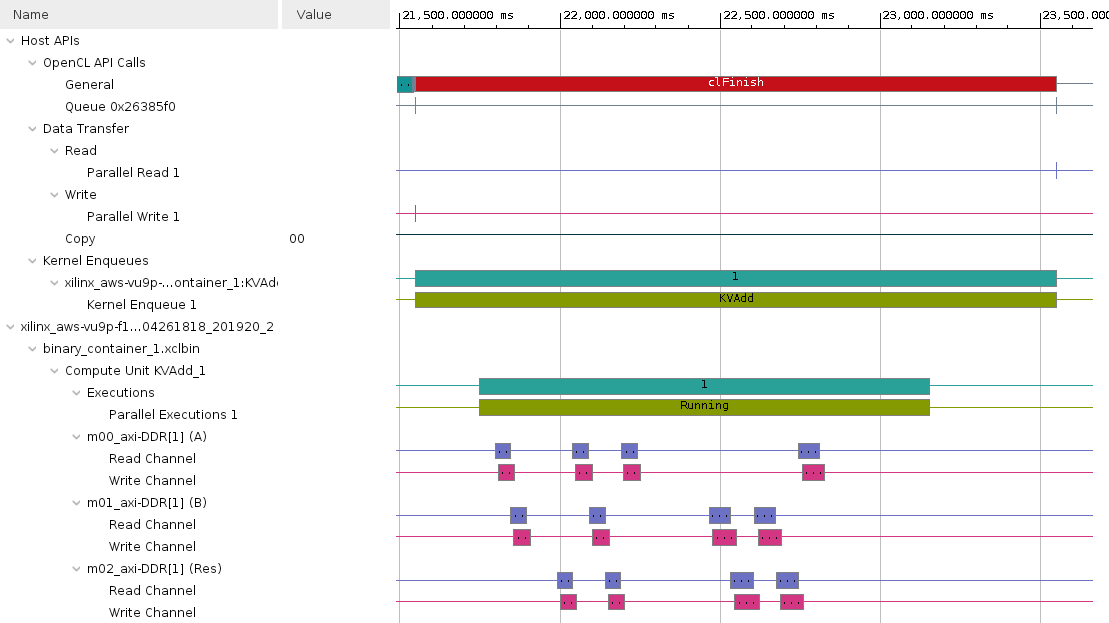


Using The Rtl Kernel Wizard Xup Vitis Tutorial



Linux Permissions Chart Yerse
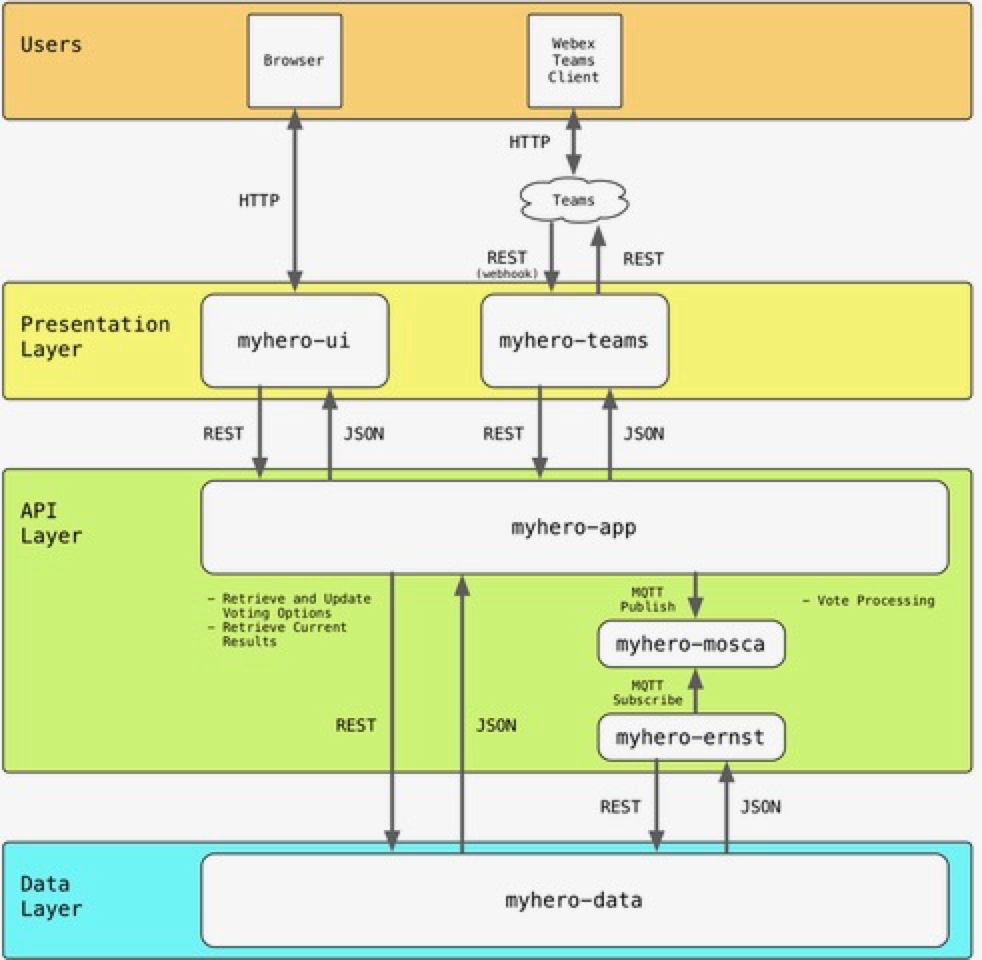


Juliogomez Devops Building A Complete Microservices Based Application



Crea Tu Propio Librito De Comandos Linux Word Search Puzzle Words



Linux Commands Cheat Sheet Definitive List With Examples
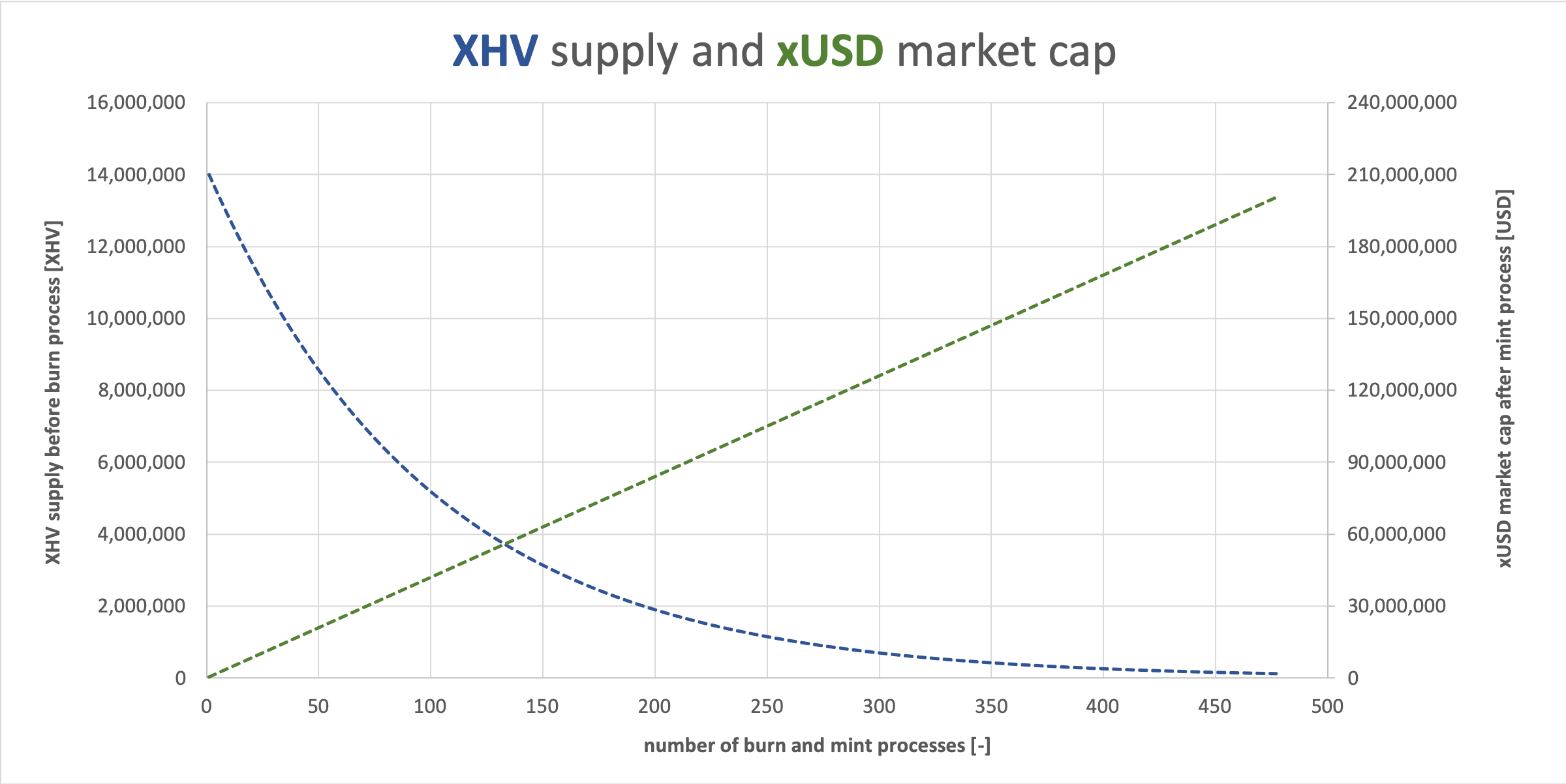


Haven Protocol Xhv Future Price Model Based On Xusd Adoption By Crypt Li Medium



2 Installation Clara Deploy Sdk 0 7 3 Documentation



Chart Builder The 1 Free Utility For Making Stunning Charts



Ci Cd On Steroids Announcing Container Engine For Kubernetes As A Jenkins X Provider Iaas Blog Oracle Cloud Infrastructure News



Linux Permissions Chart Page 1 Line 17qq Com
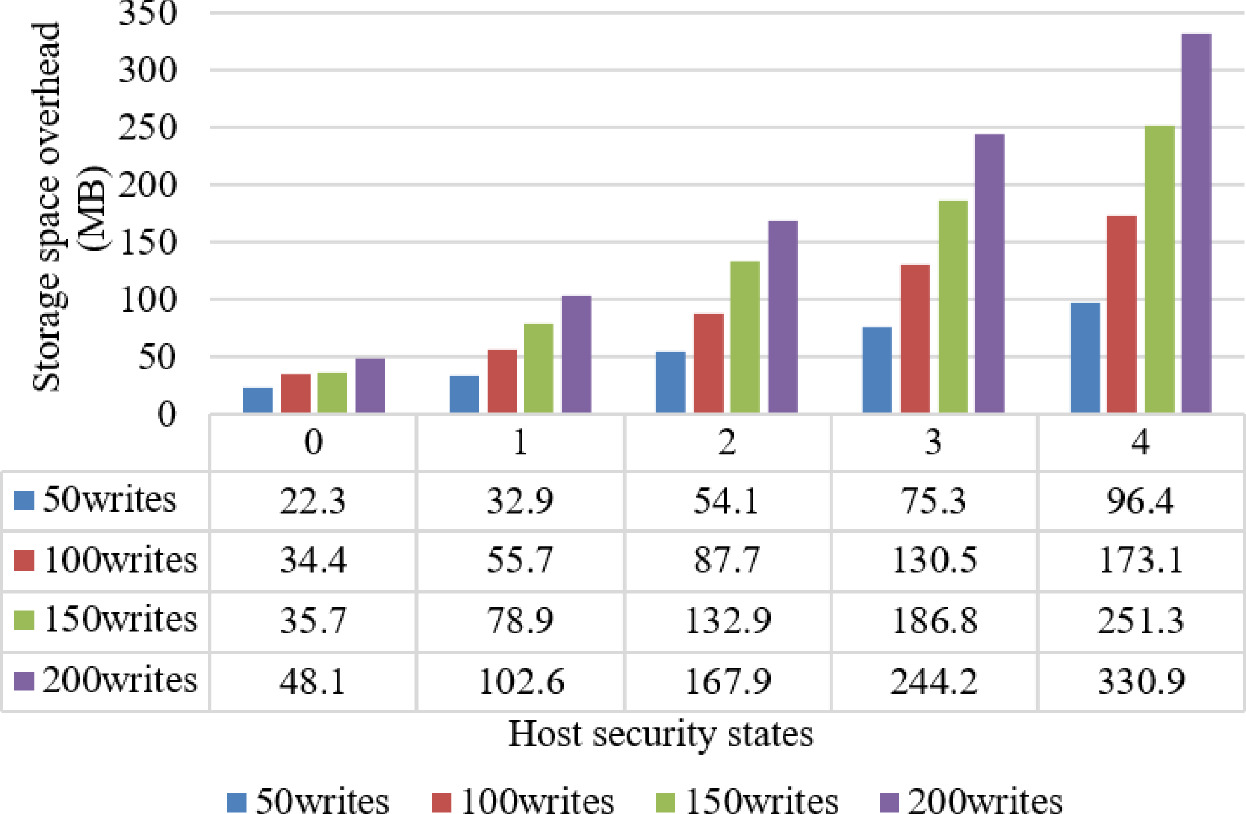


A File Level Continuous Data Protection Scheme For Enforcing Security Baseline Springerlink
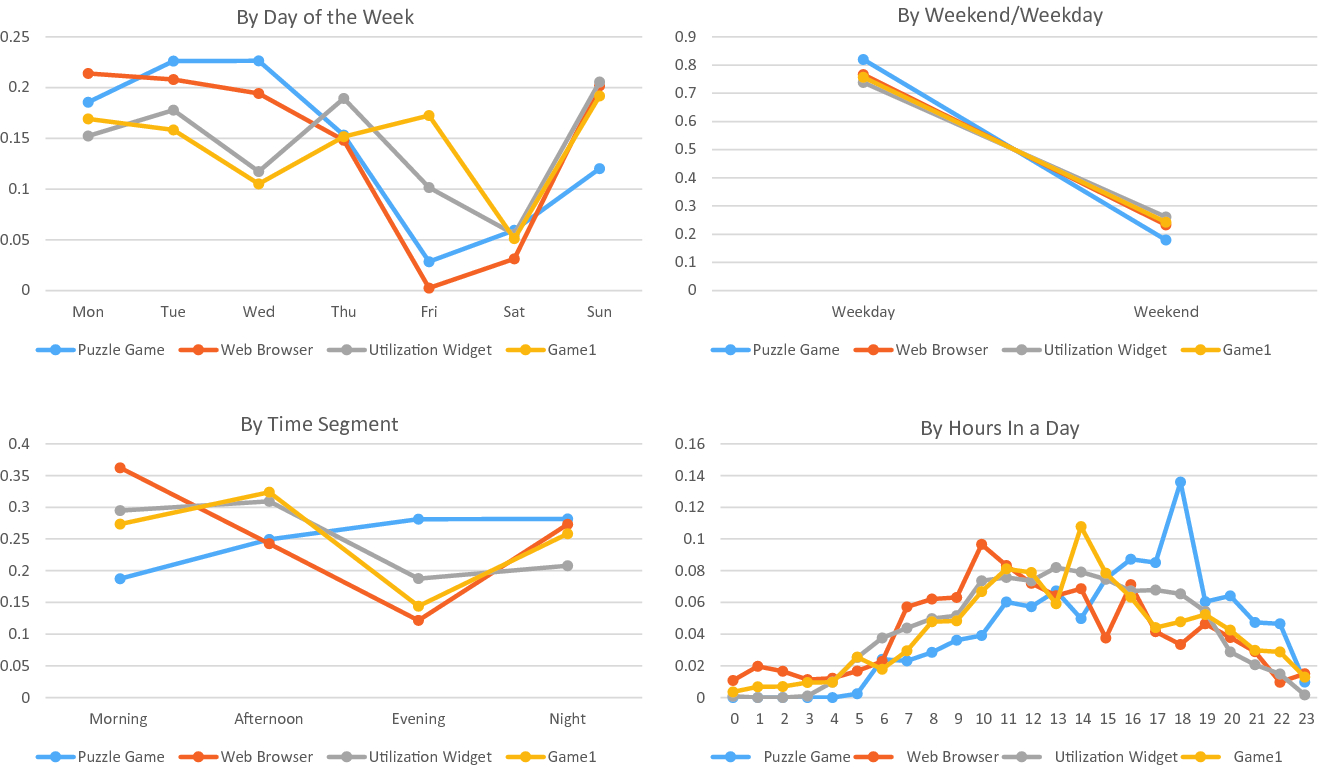


Mobile App And Malware Classifications By Mobile Usage With Time Dynamics Springerlink



Chmod Octal Chart Zerse



My First Kubernetes Cluster Amazon Eks Review Tutorial



Convert Fractions Page 1 Line 17qq Com



Analyzing Data With Python And Dremio On Docker And Kubernetes Dremio Dremio



How To Install Helm And Create Helm Chart On Ubuntu Youtube



Netdata Any It Here Help Me
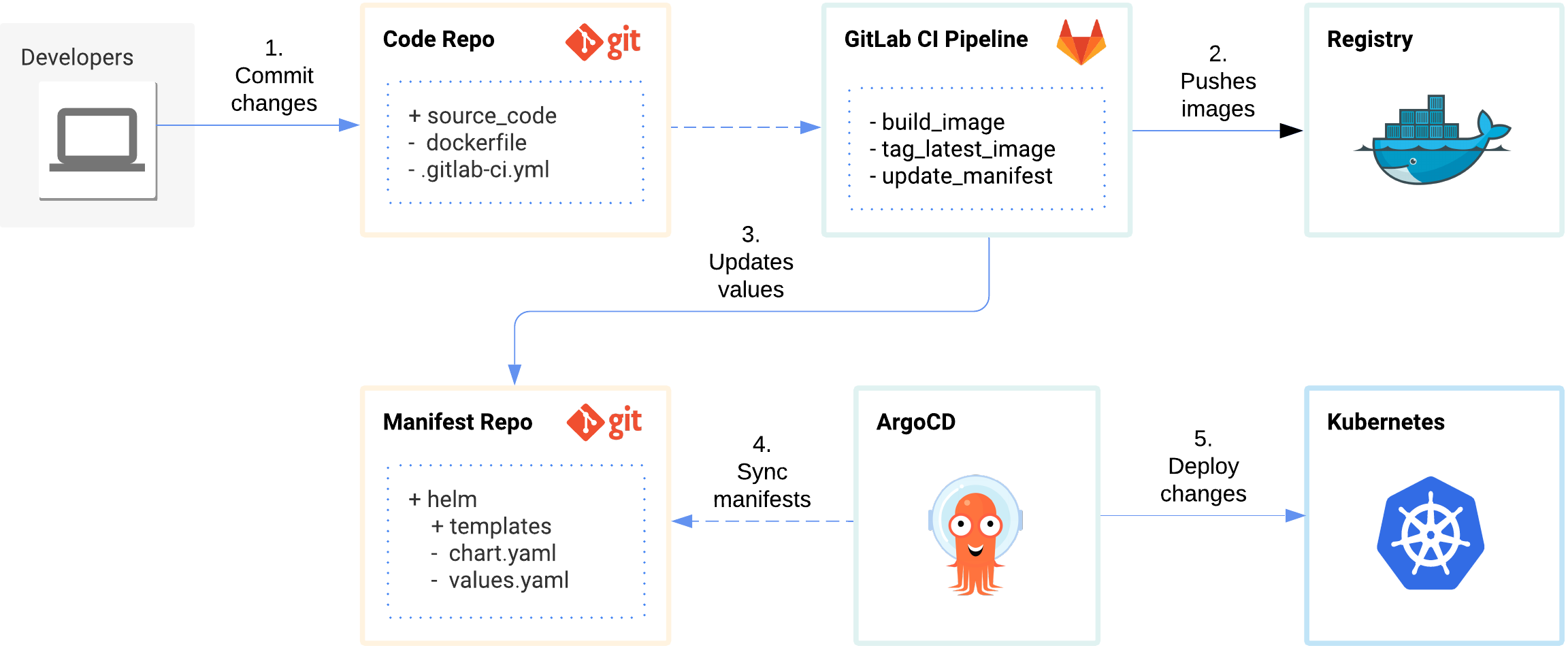


Gitops In Kubernetes With Gitlab Ci And Argocd By Poom Wettayakorn Level Up Coding


Ipman Chess
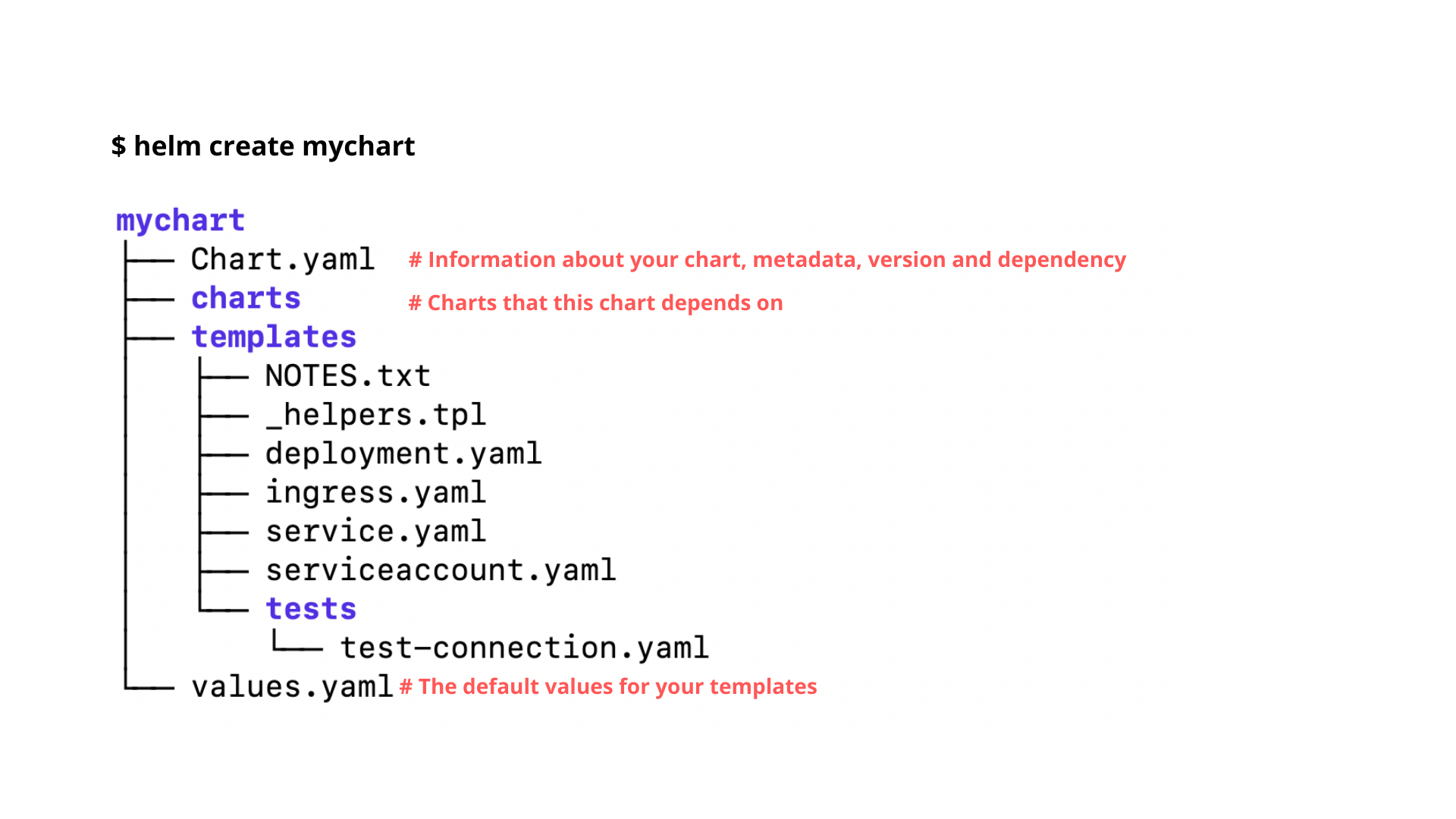


Introduction To Helm 3 The Package Manager For Kubernetes Razorops


Using The Openj9 Jvm For Quarkus Applications
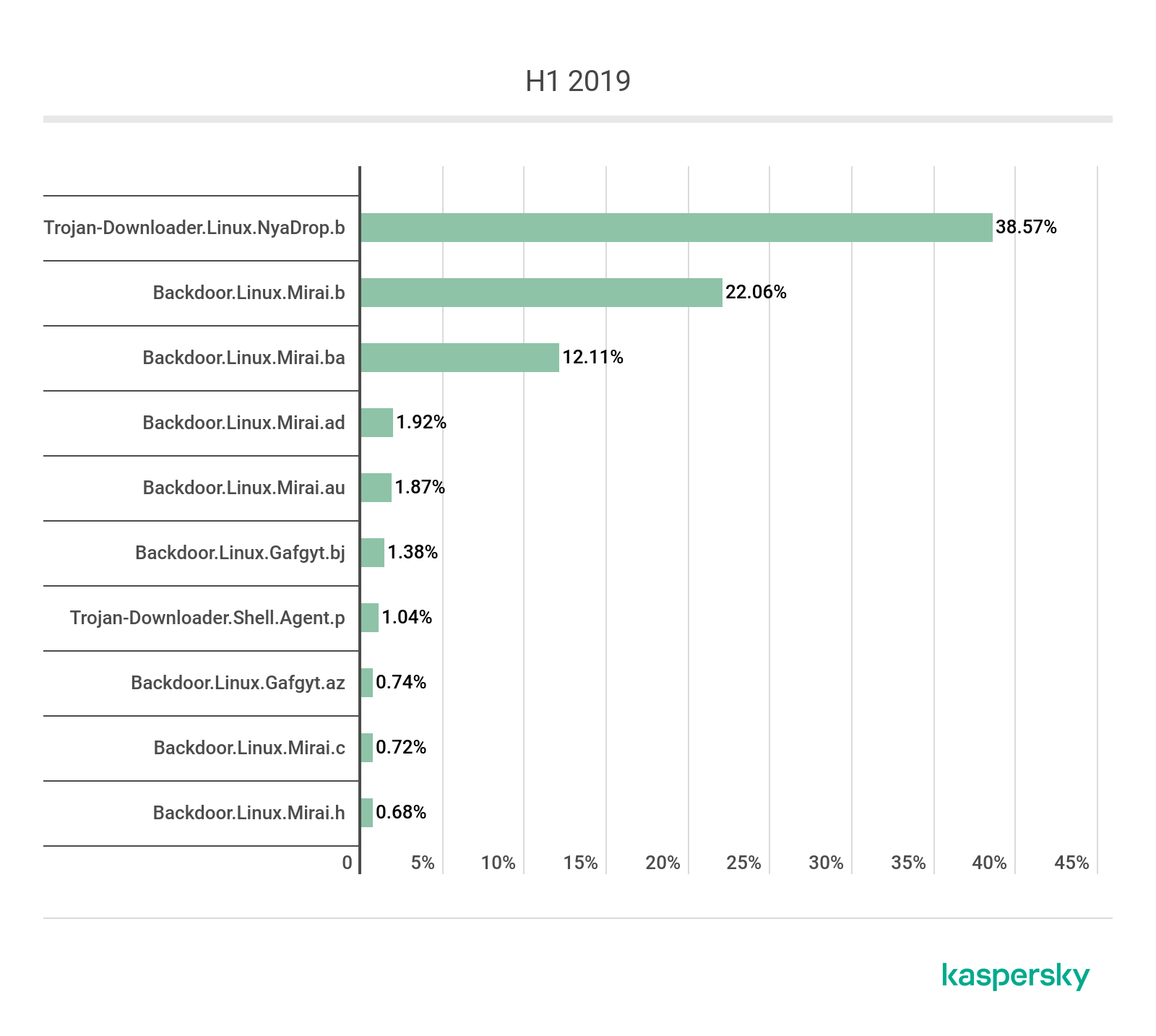


Iot A Malware Story Securelist



L4visoh7i69l4m



10 Steps Pyramid With Free Space For Text On Each Level Infographics Presentations Or Advertising Stock Vector Illustration Of Design Chart


New Server Arch Diagram I Created For My Plex Host Nzbget Sonarr Lidarr Radarr Nginx Plex



How To Implement Helm Post Render Hooks Siv Scripts


Next Disabled And Stats Icons Set Pie Chart Sign Forward Handicapped Wheelchair Business Analysis Vector Stock Vector Illustration Of Human Forward
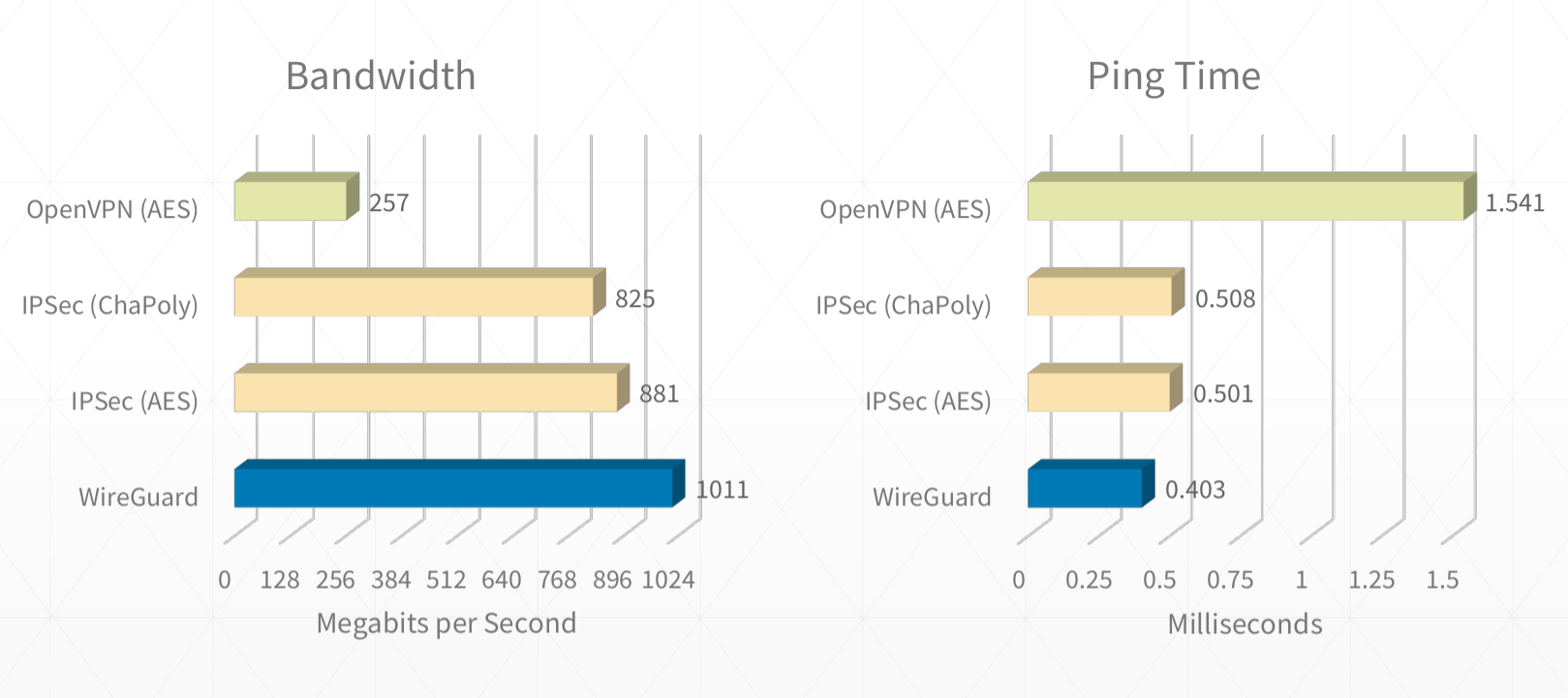


Wireguard Vpn Typical Setup The Poetry Of In Security


Bio Shopping Wallet And Human Resources Icons Set Smile Dislike And Graph Chart Signs Vector Stock Vector Illustration Of Certified Checkbox
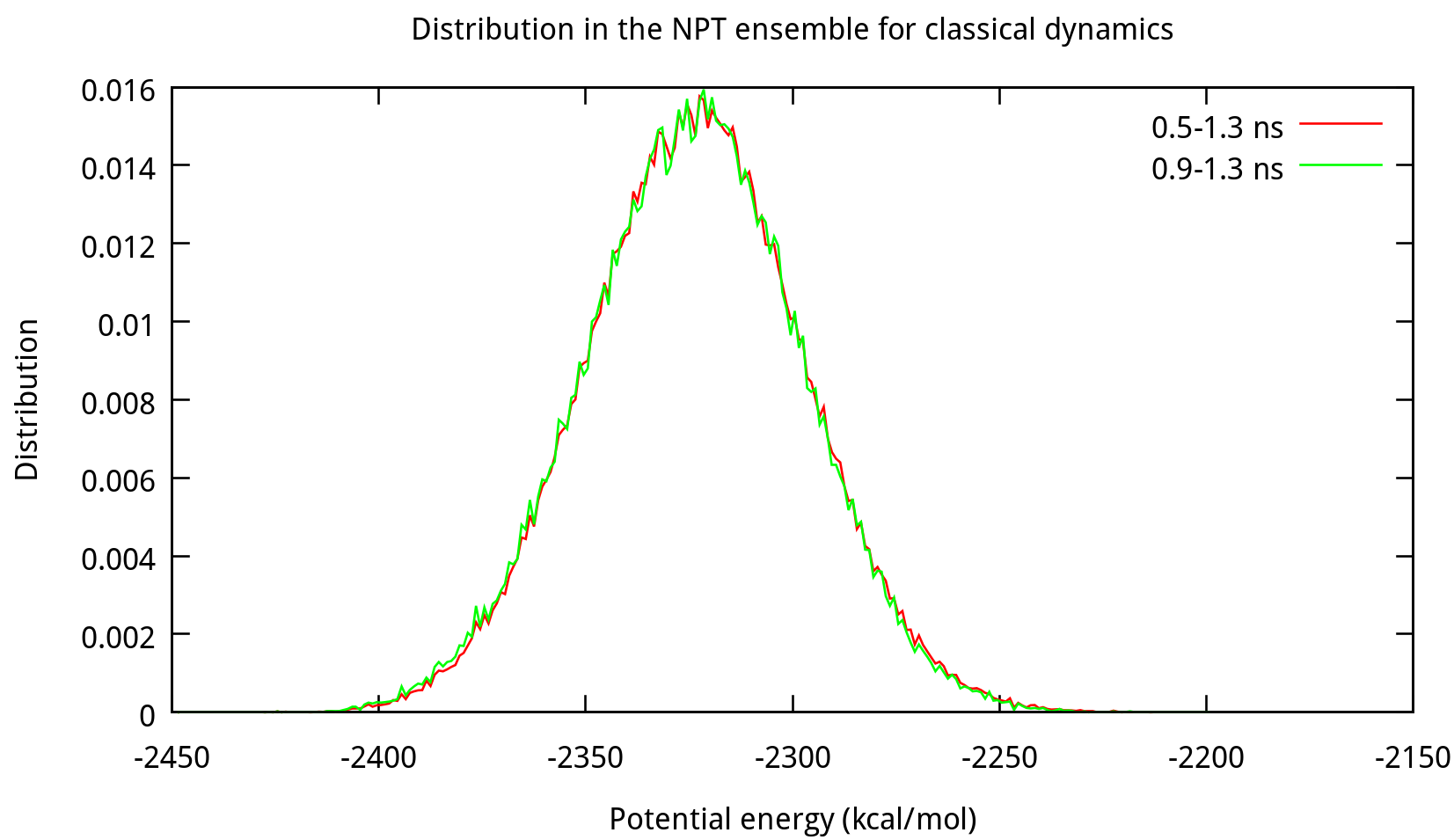


Tutorial Amber Lsc Ivr
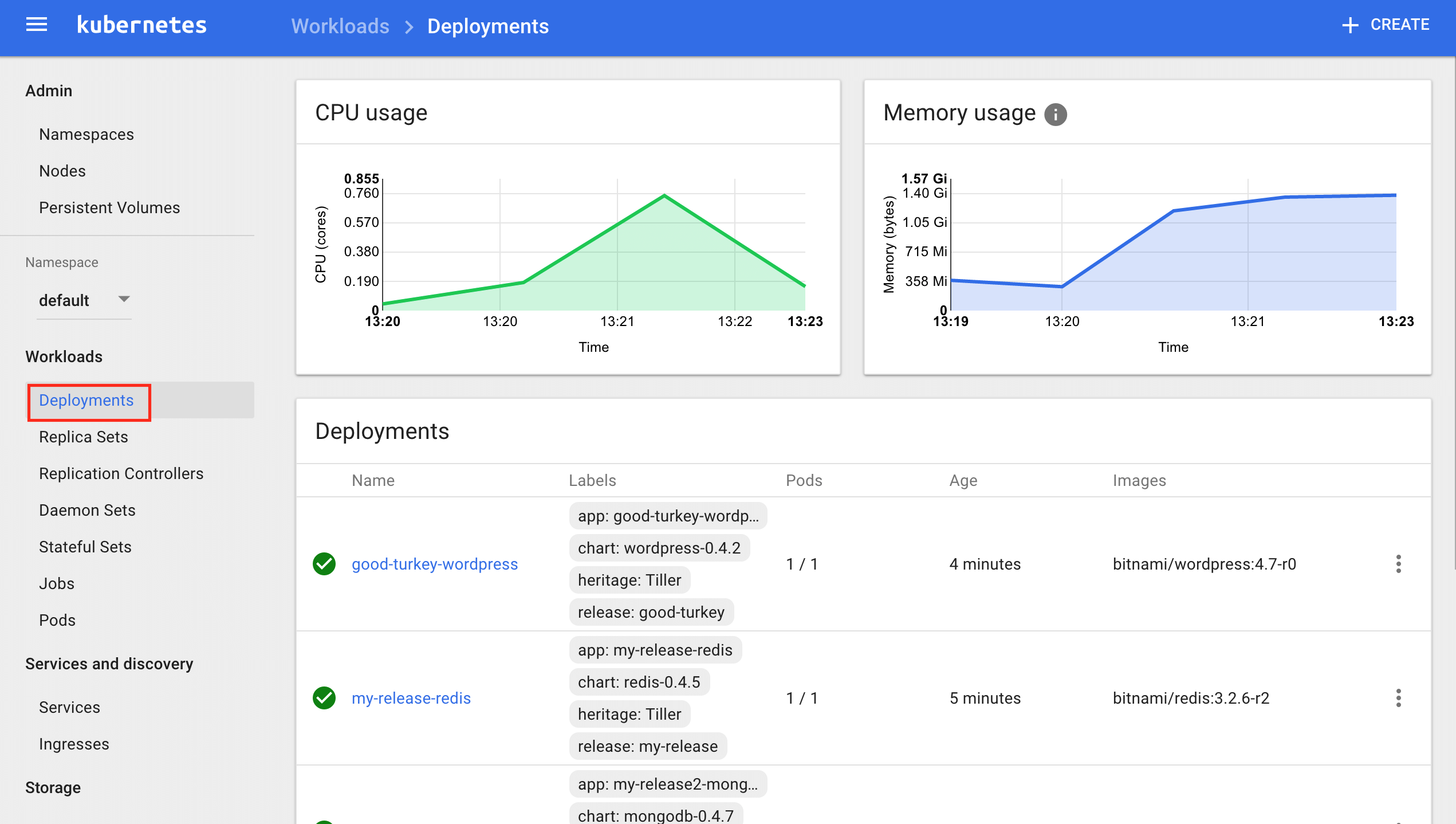


Get Started With Bitnami Charts Using Minikube


Github Tonylukasavage Ti Fs Titanium Implementation Of Node Js S Fs Module
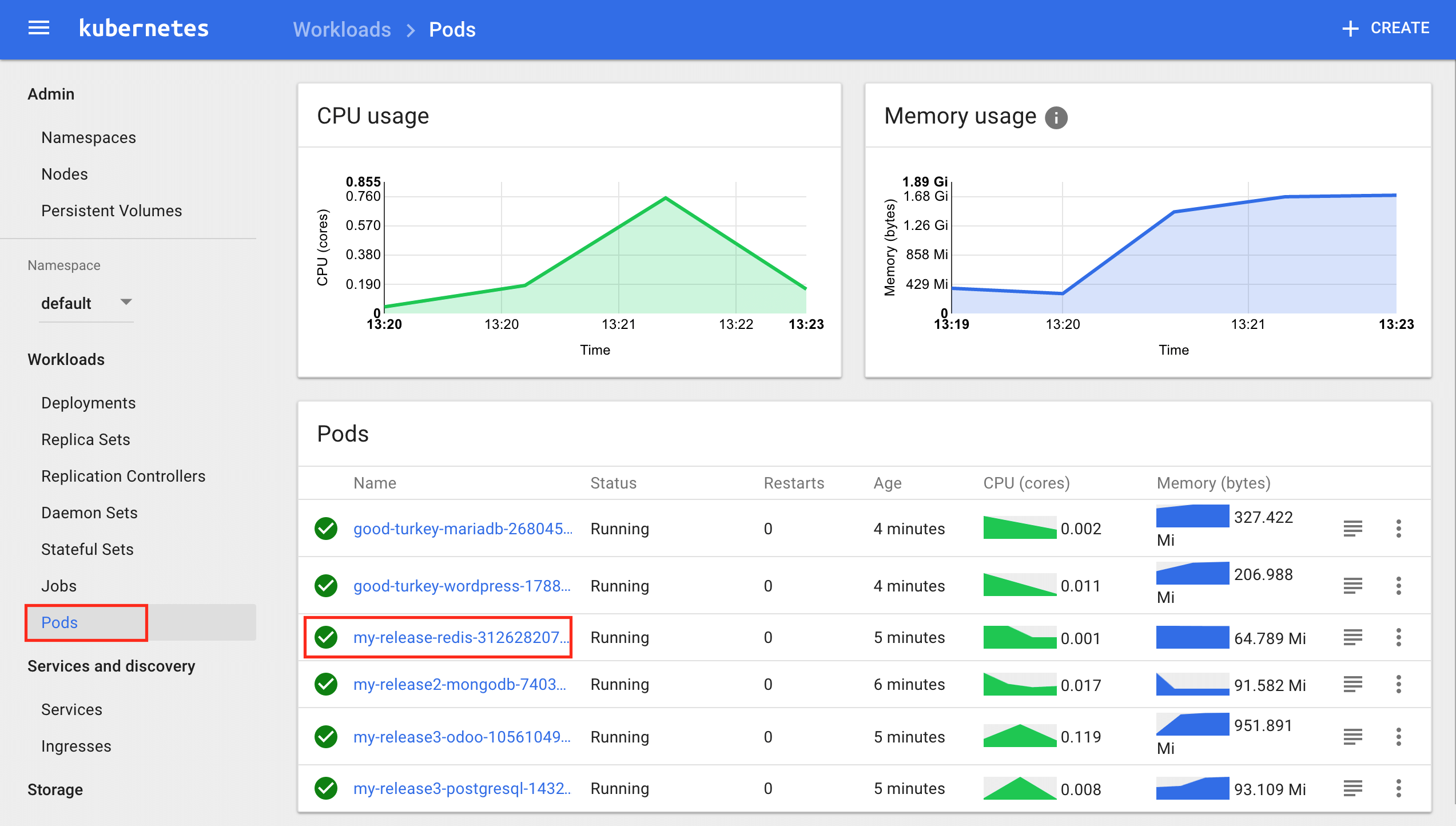


Get Started With Bitnami Charts Using Minikube



Edge Compute Walkthrough Losant Documentation



Coreelec Hw Monitor Operating System Coreelec Forums



Kubernetes Helm Charts Confluent Platform 5 0 0



Linux Cheat Sheet Commands Pdf Download Printable
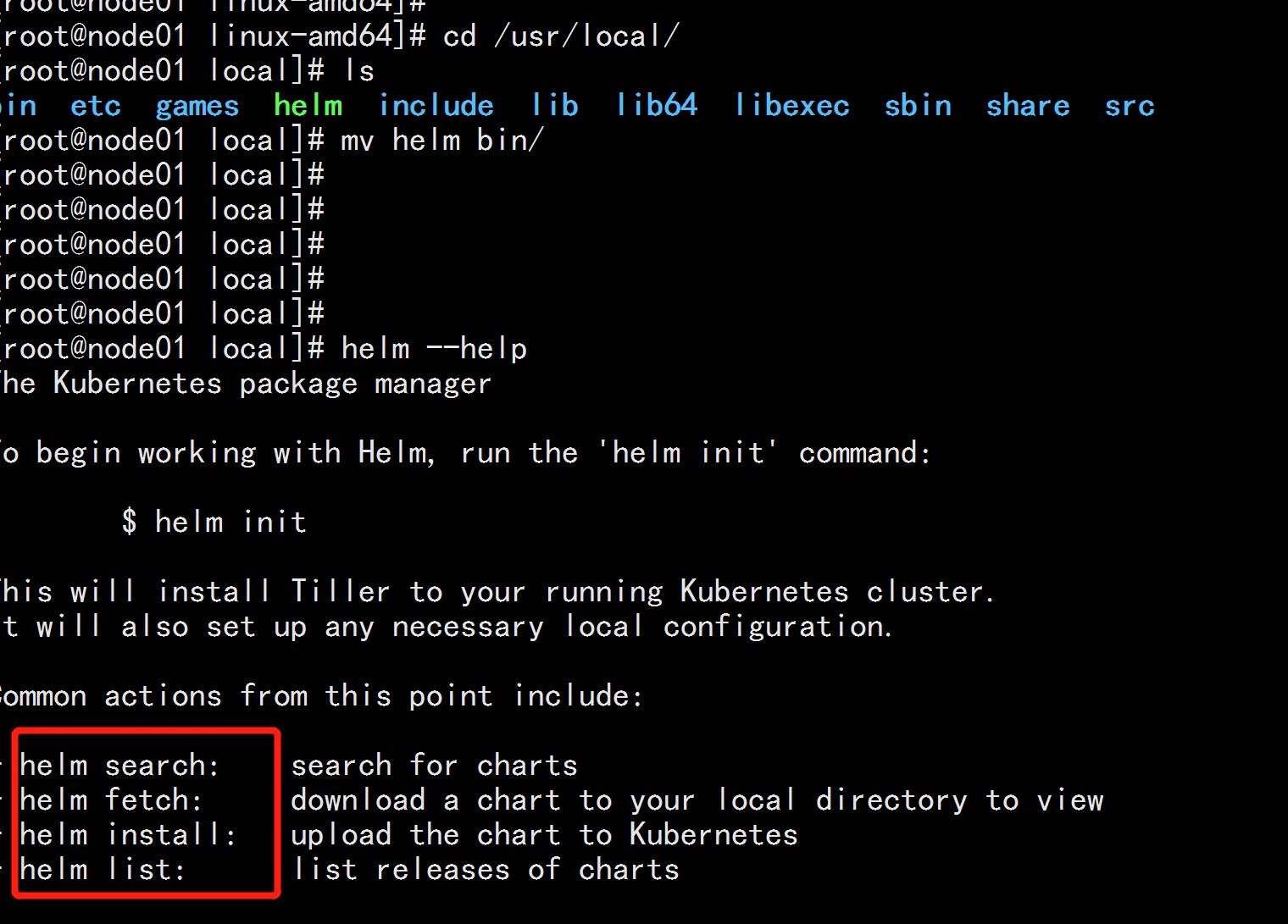


Helm Deployment For Kubernetes
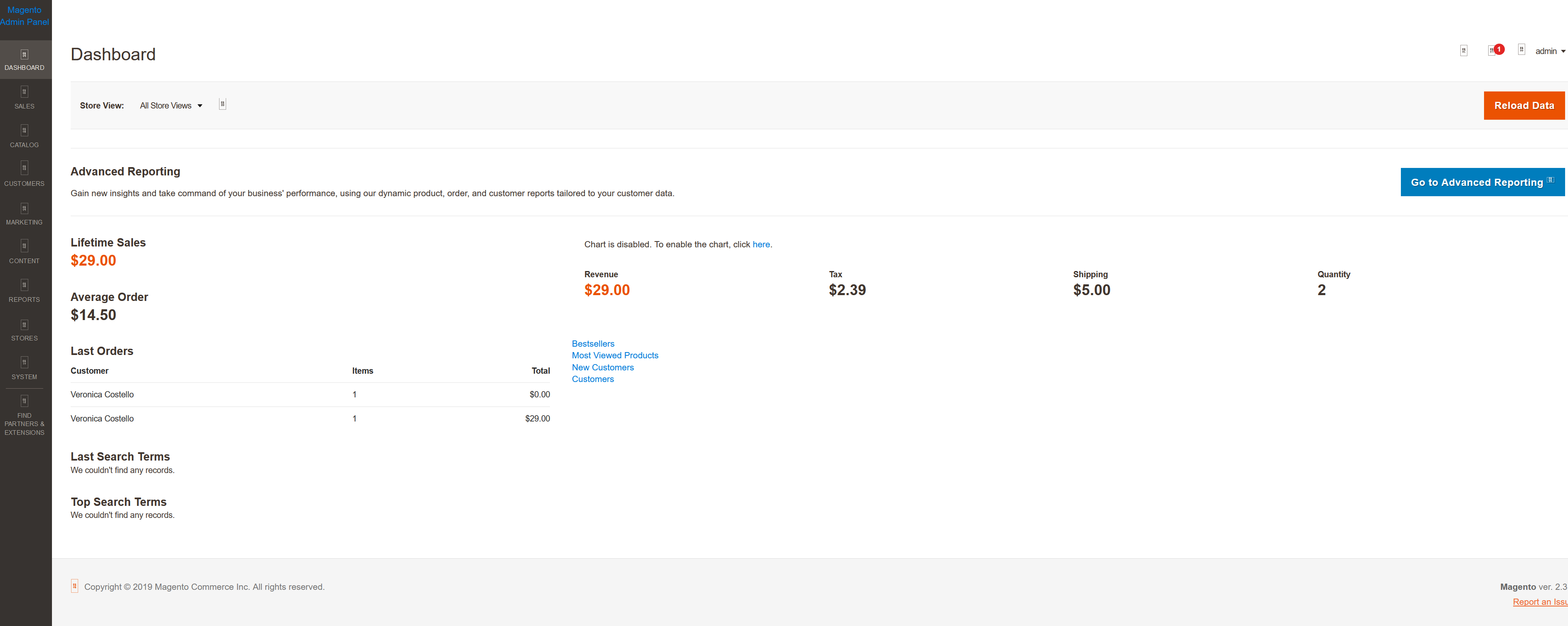


Solved Admin Panel And Luma Broken On Install Magento Forums



Building Ci Cd Pipeline For Ibm App Connect Enterprise On Cloud Pak For Integration Ibm Developer Recipes



Chmod Octal Chart Zerse
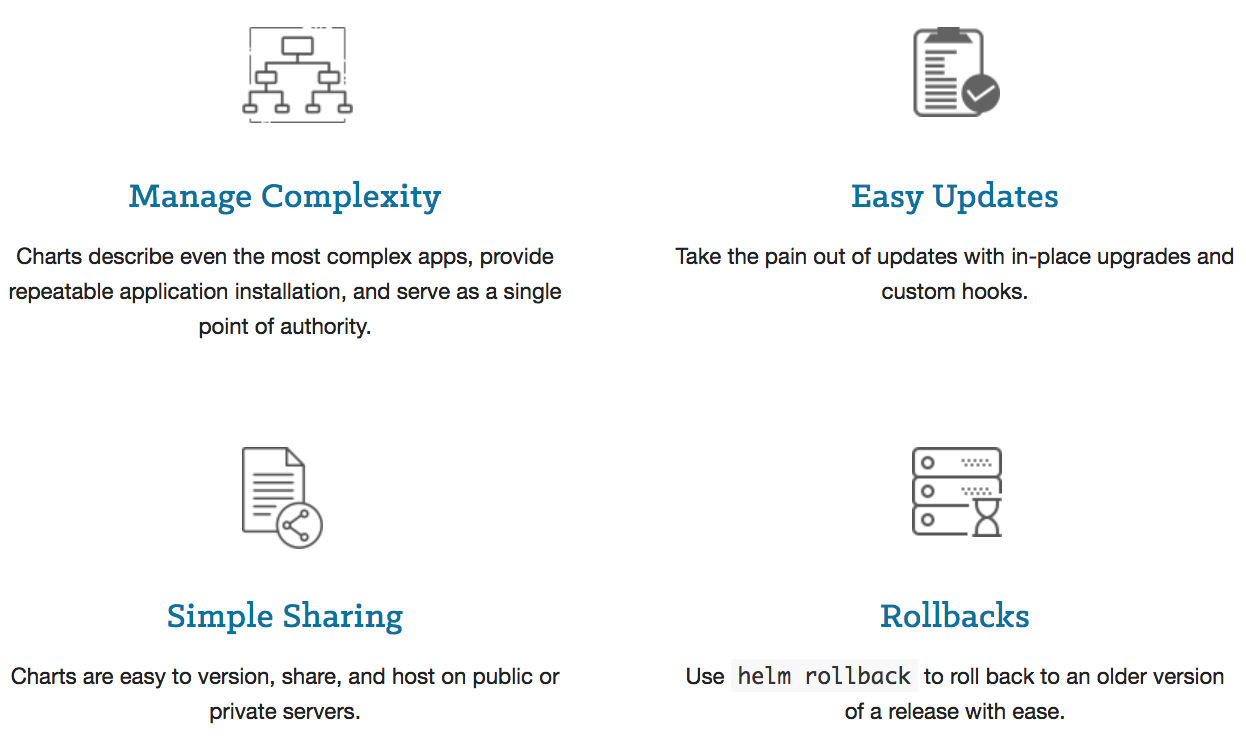


Docker Kubernetes Helm Package Manager With Mysql On Gcp Kubernetes Engine



Dashboard Charts Plugin Installation Document Restyaboard



Chmod Octal Chart Zerse


Os Chmod Not Setting Correct Permissions Inside Script Learnpython



Ascii Table Infomedia7 Ascii Printable Chart Chart



Linux Permissions Page 1 Line 17qq Com



0 件のコメント:
コメントを投稿